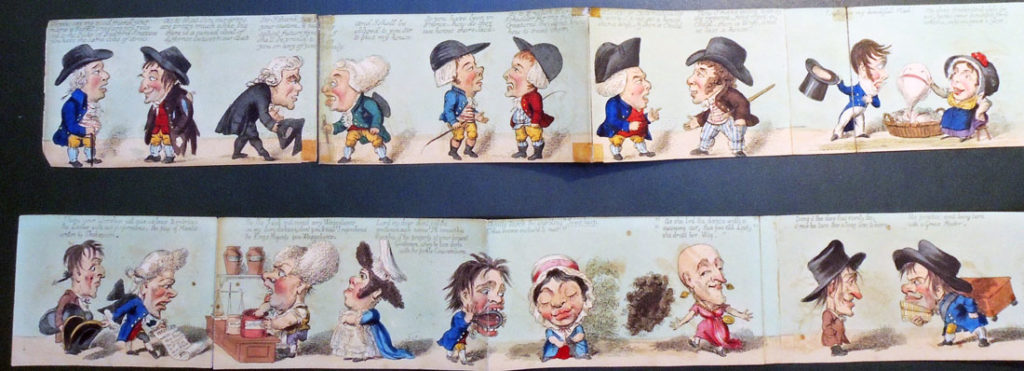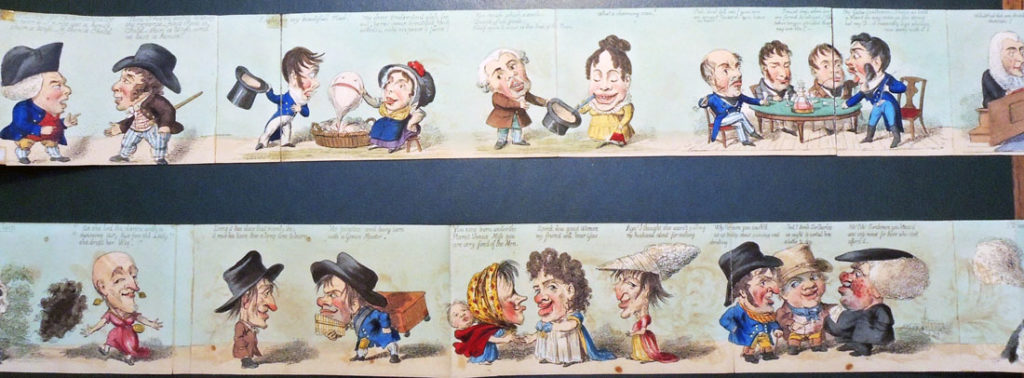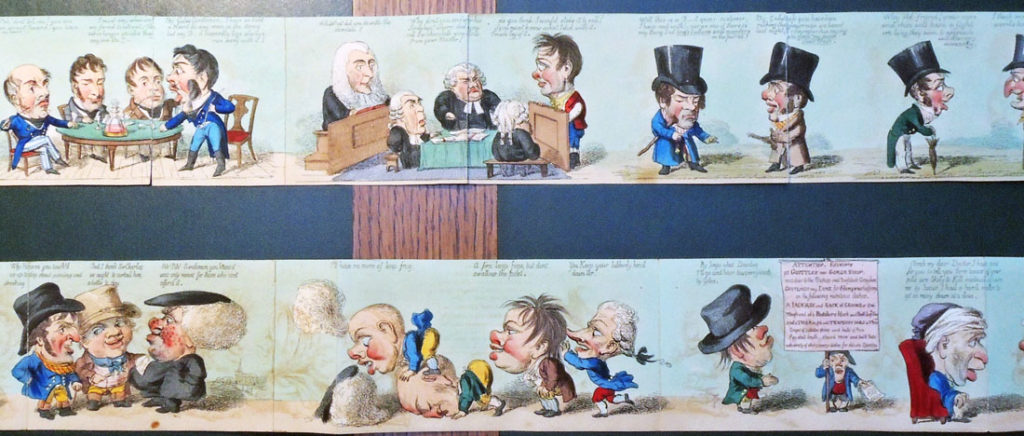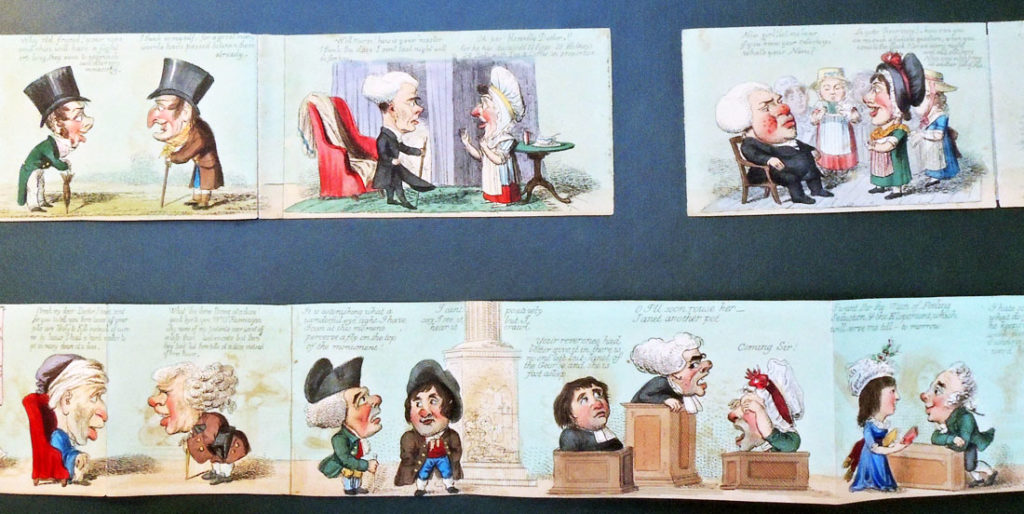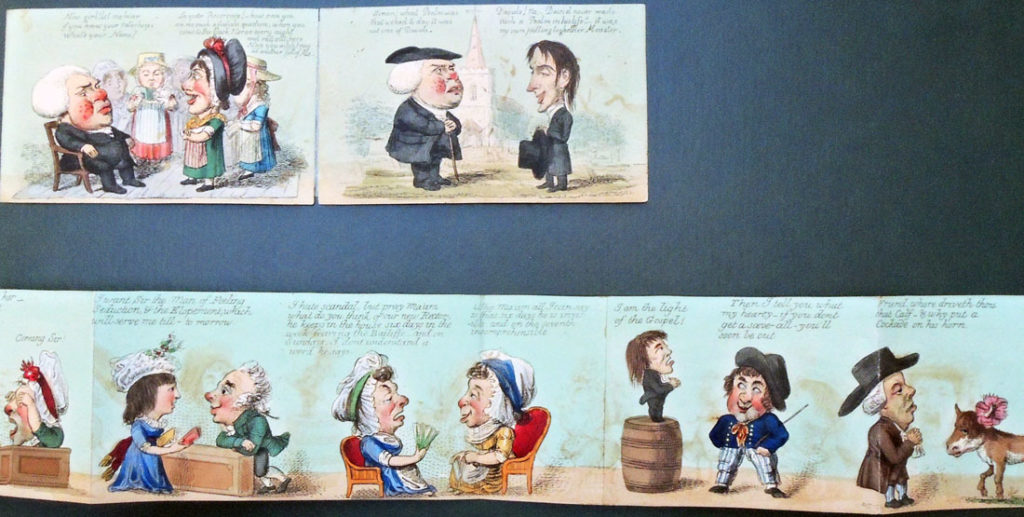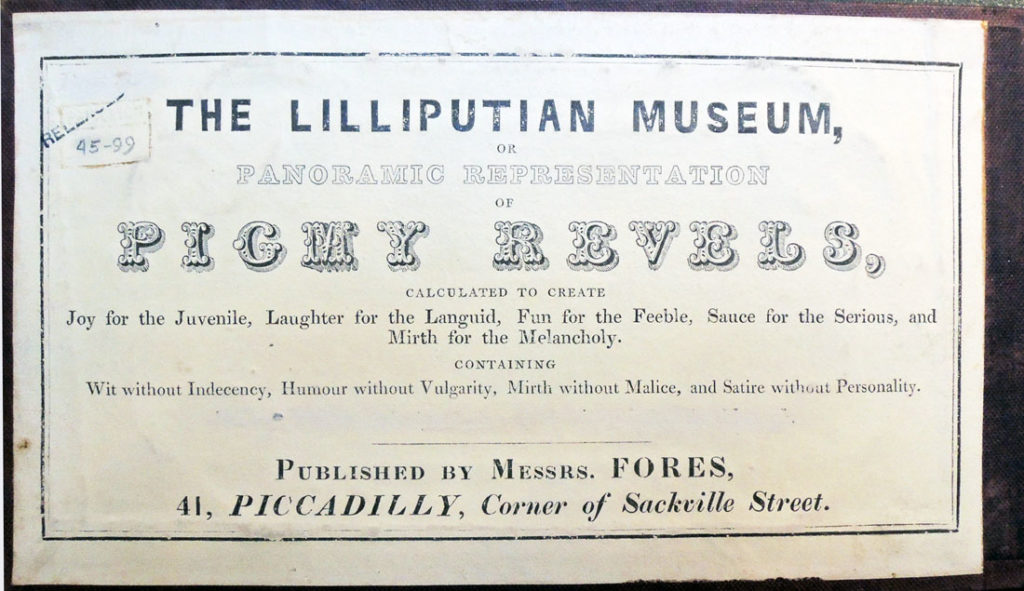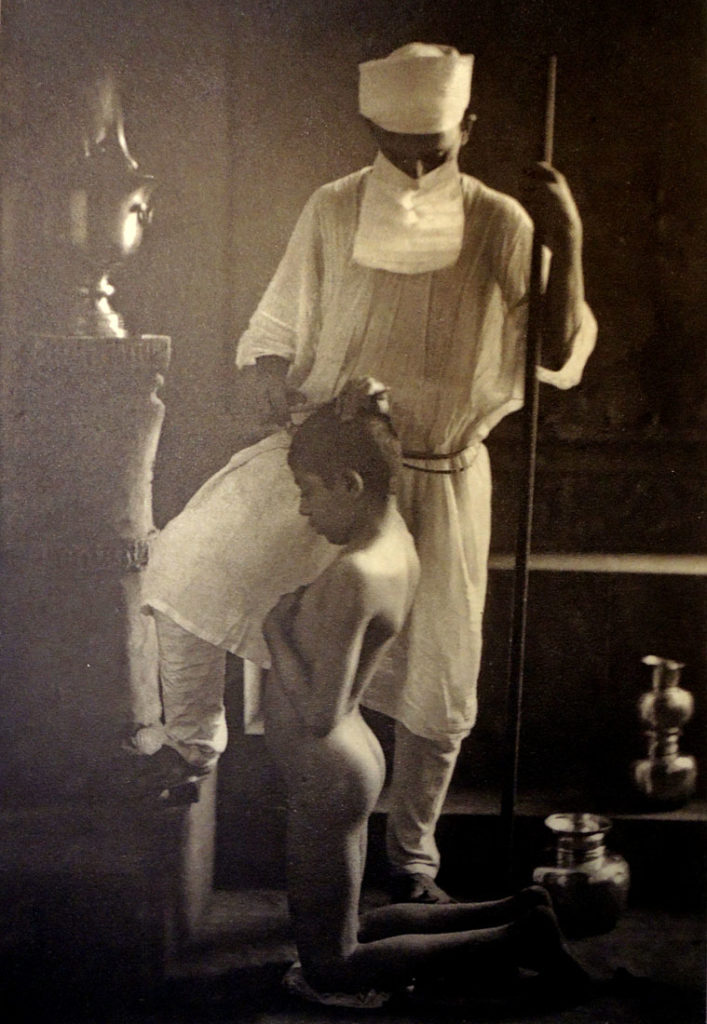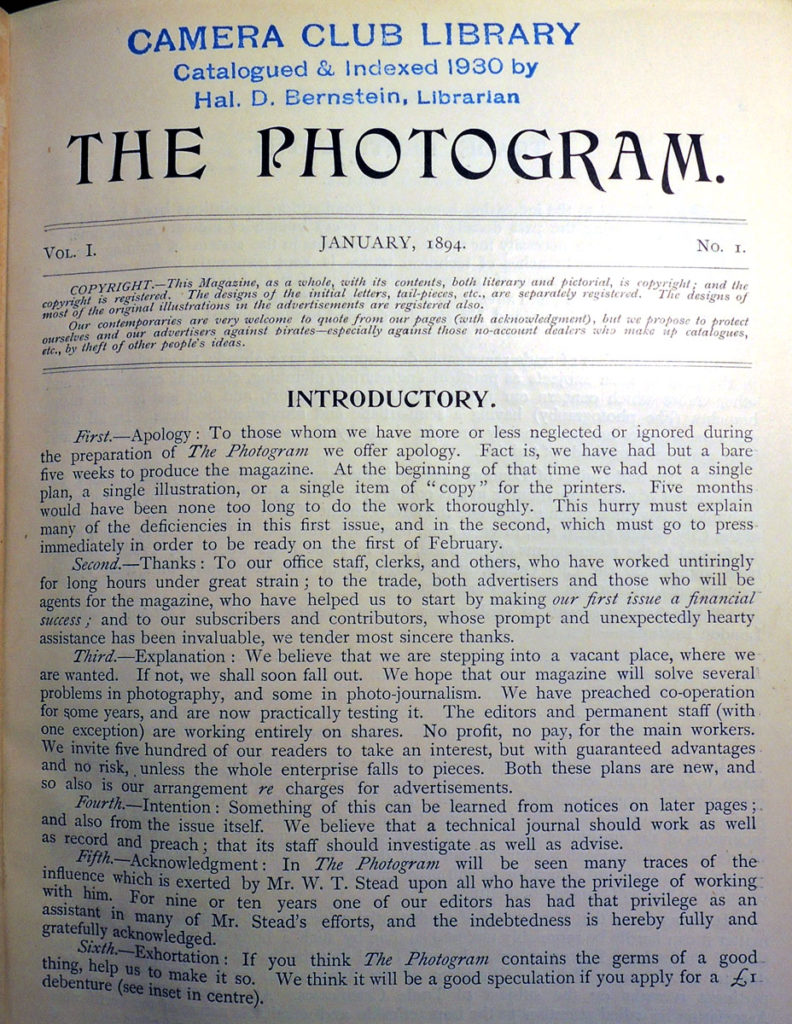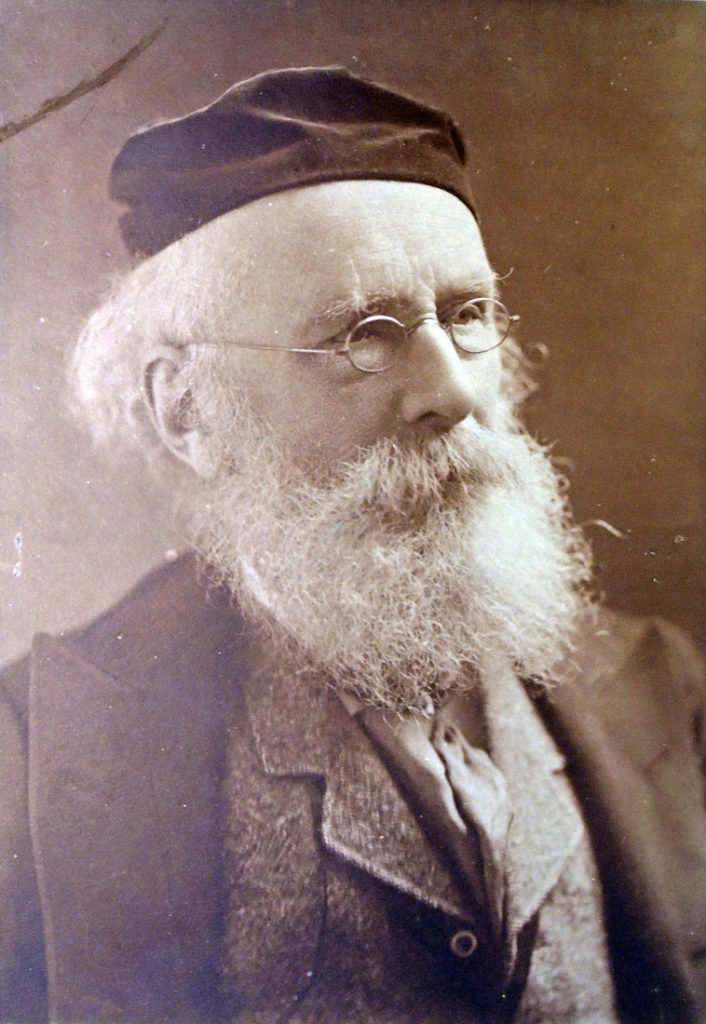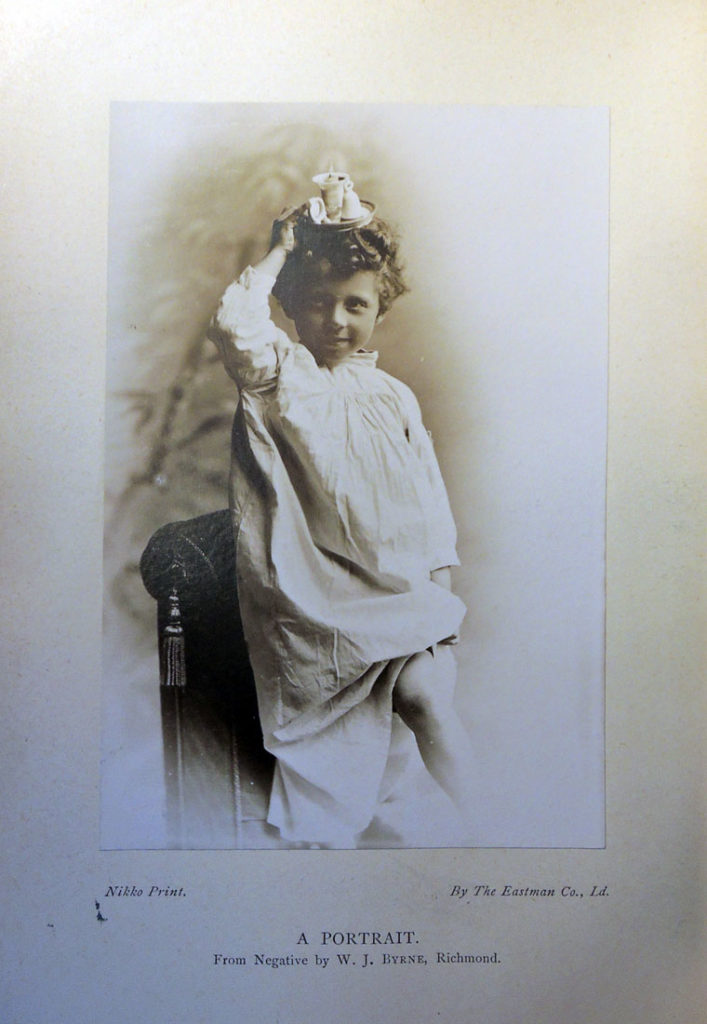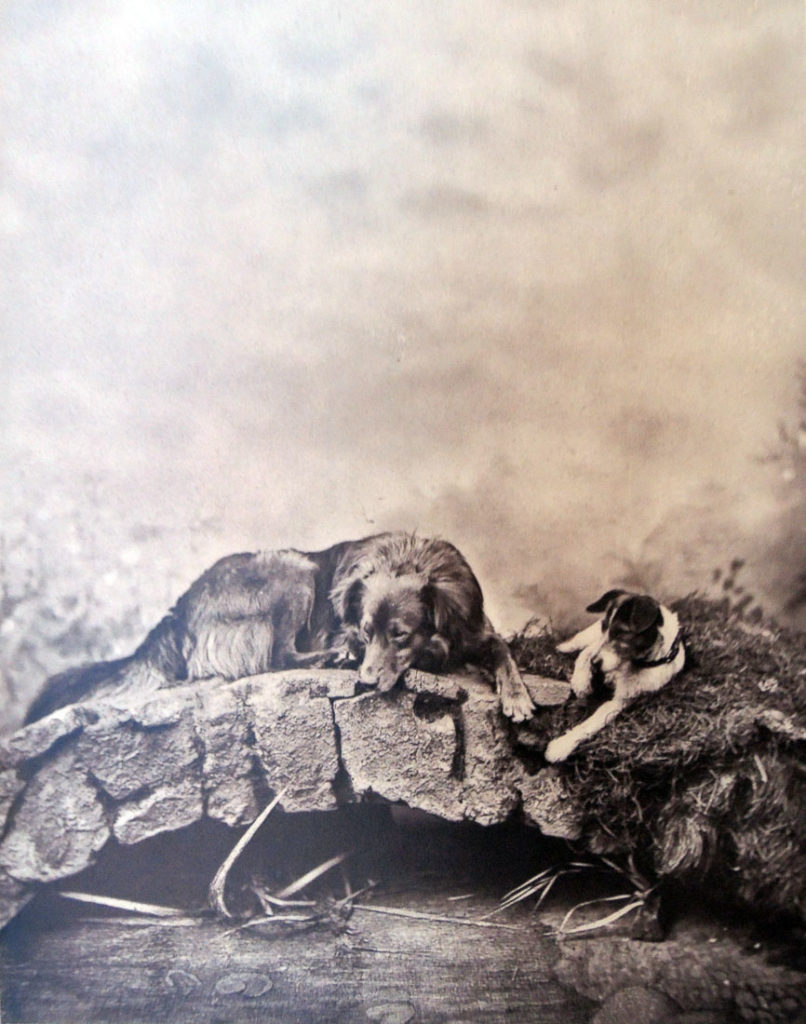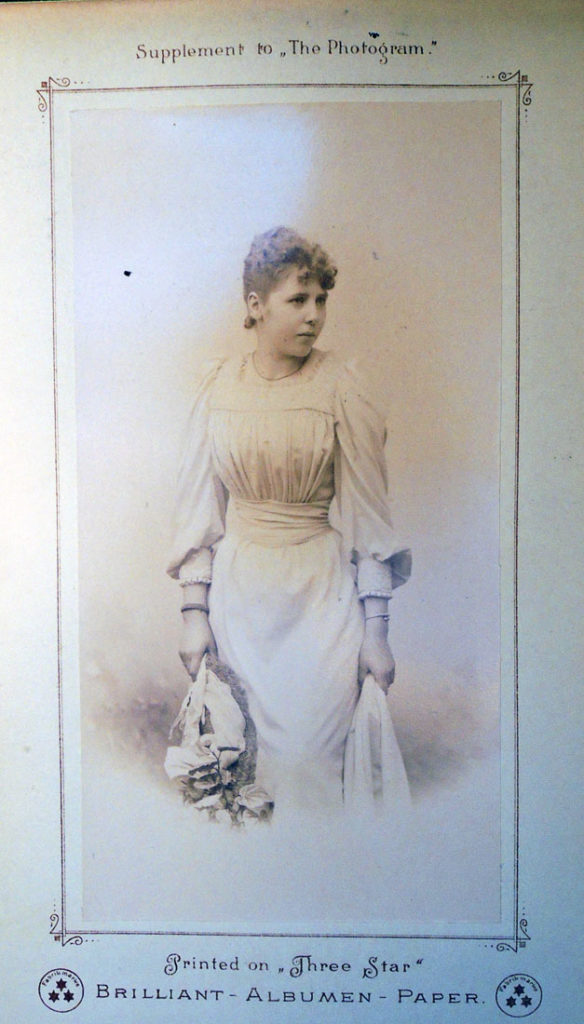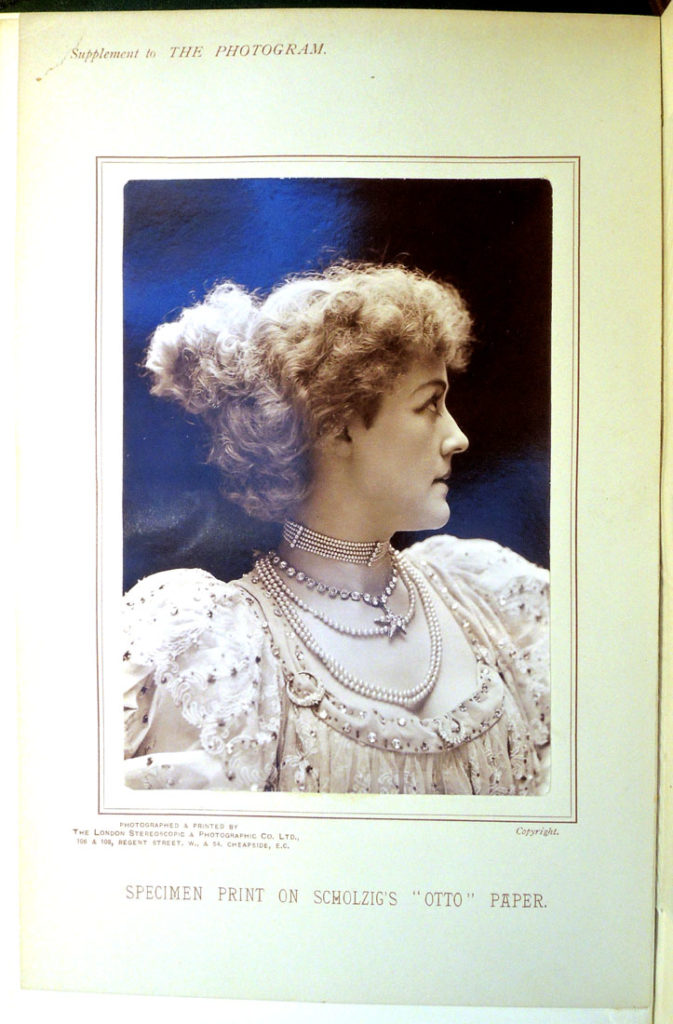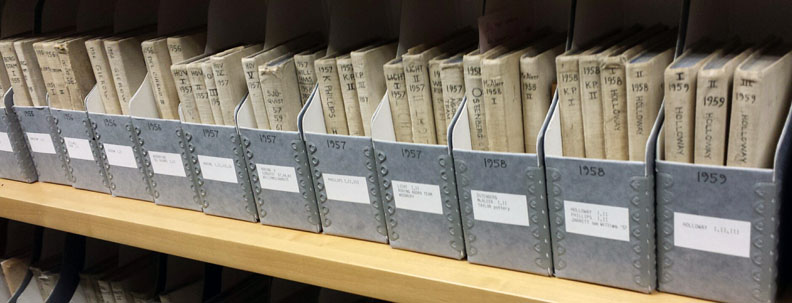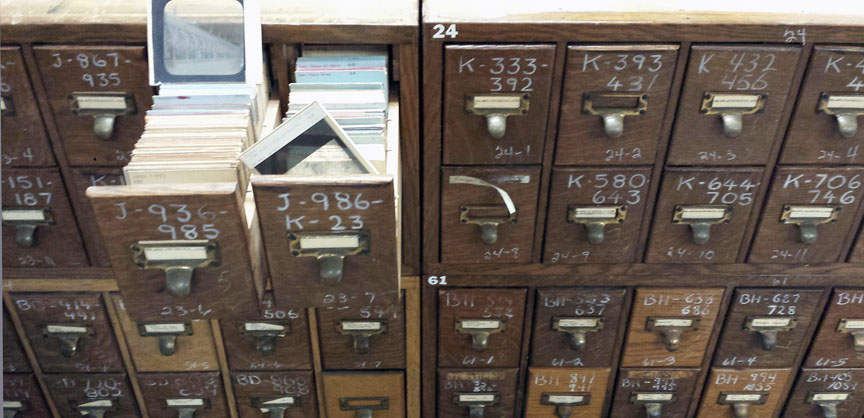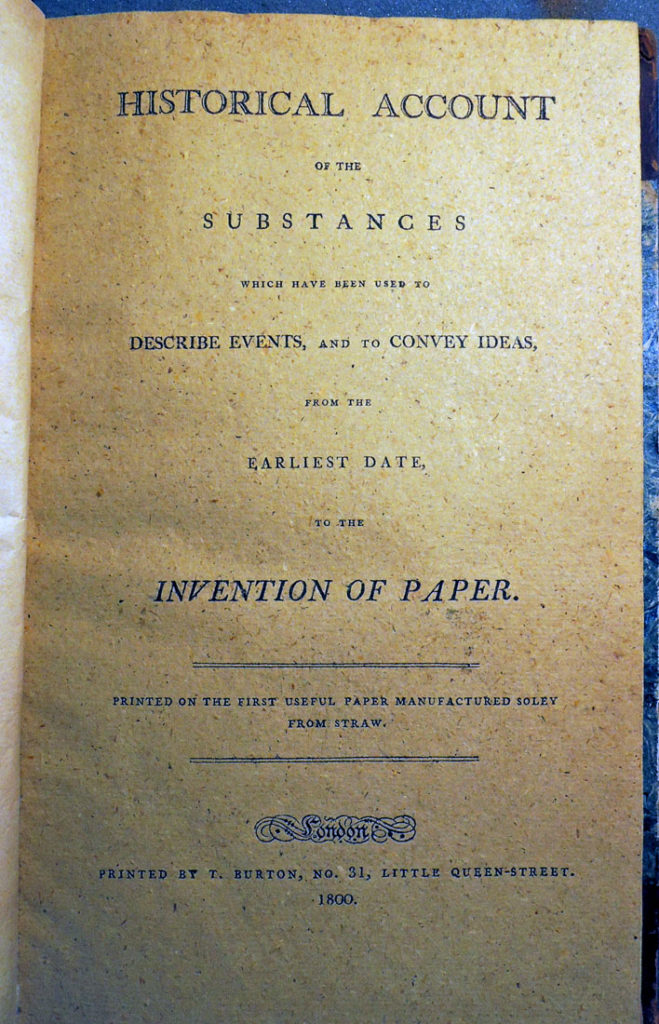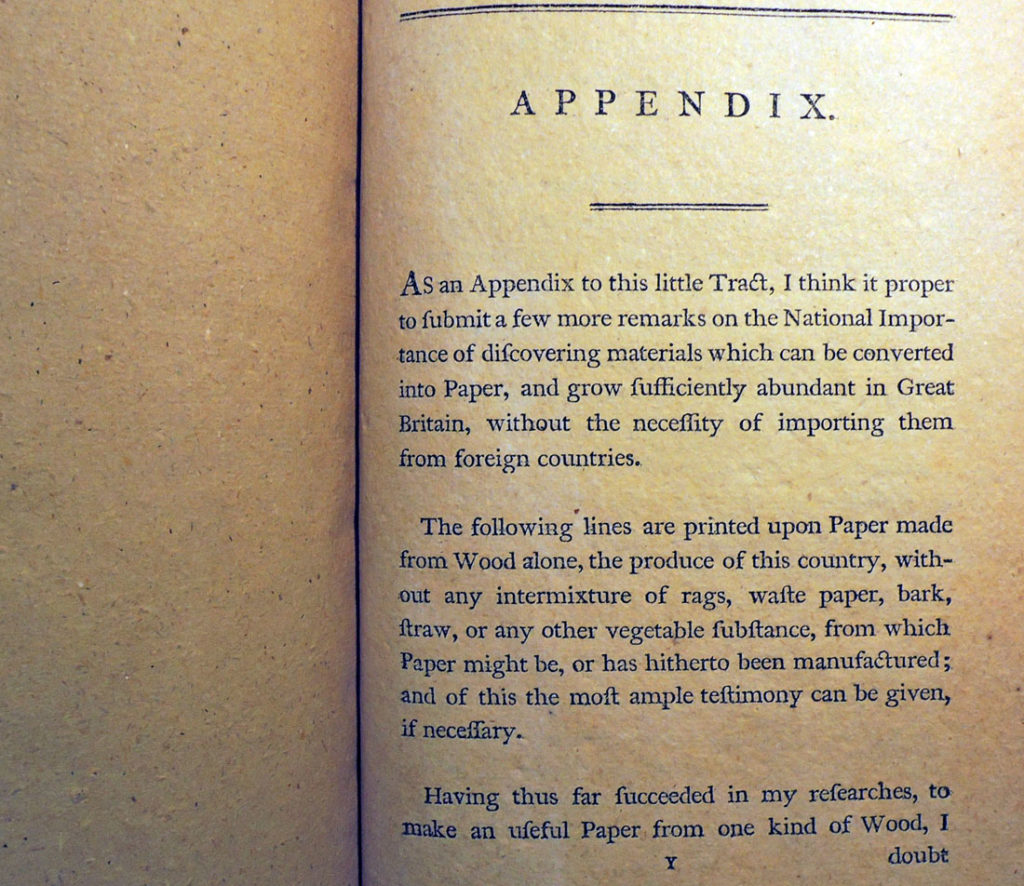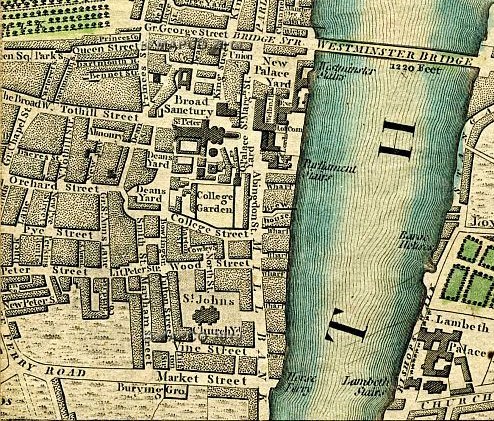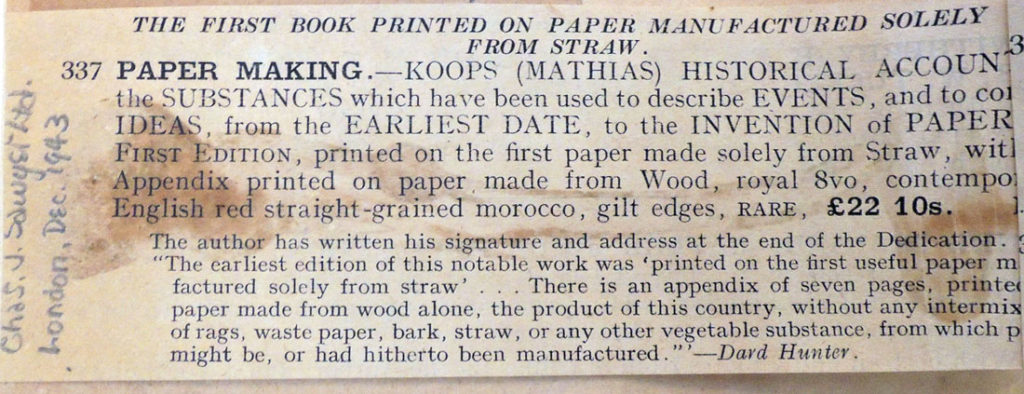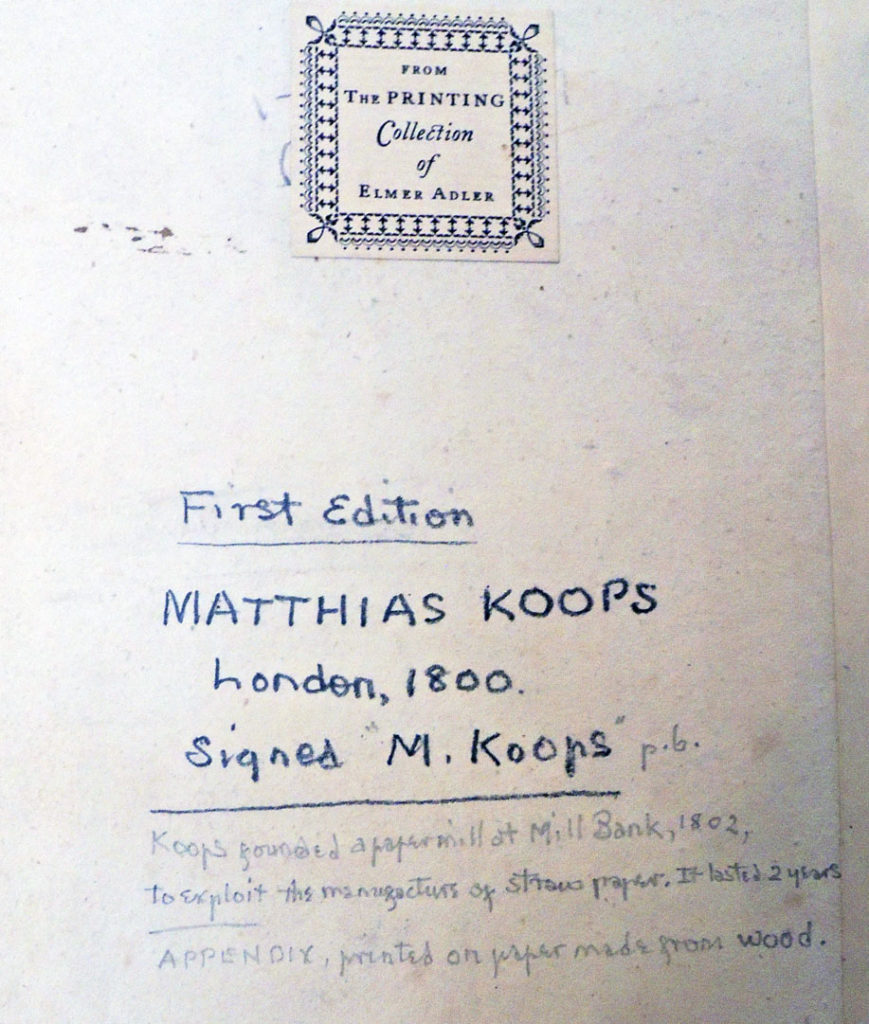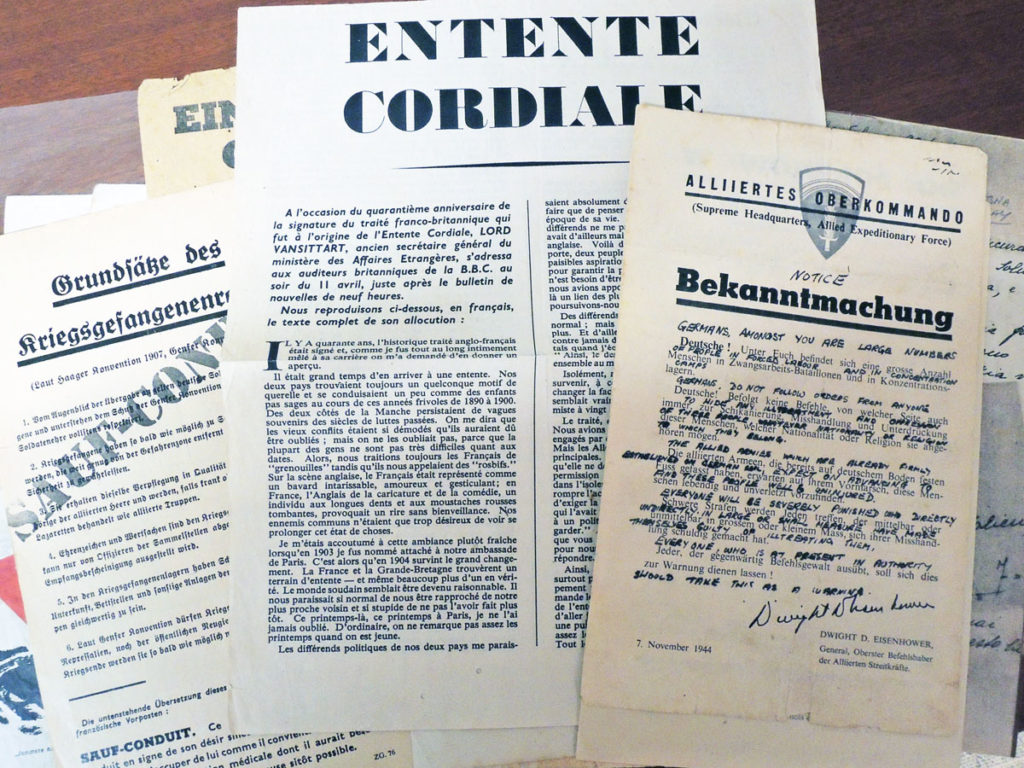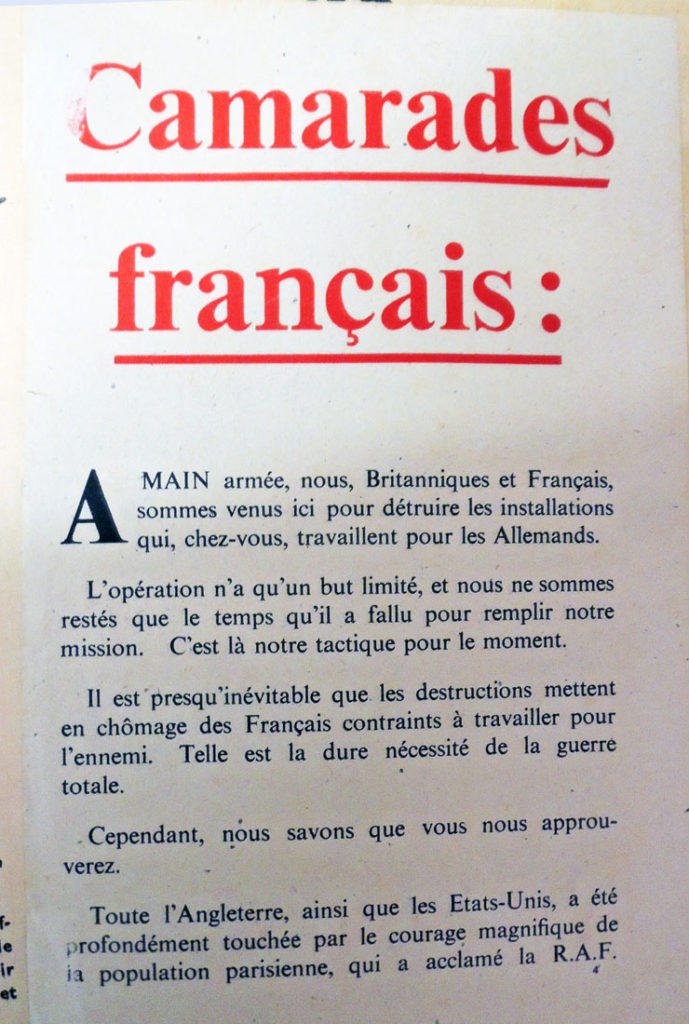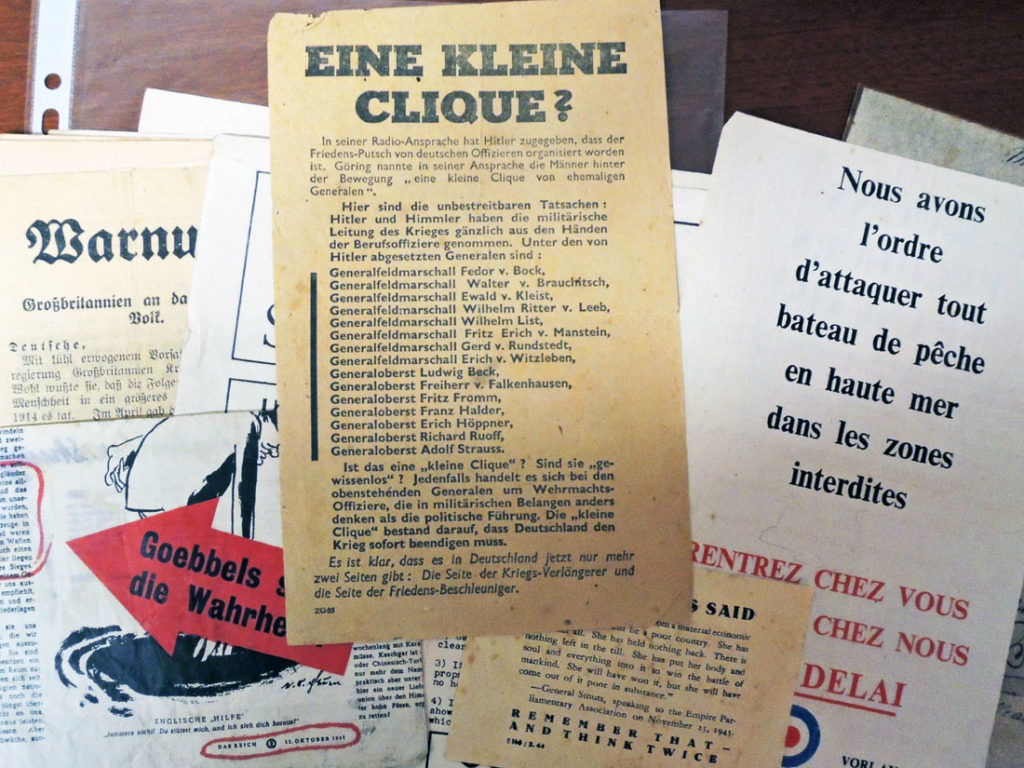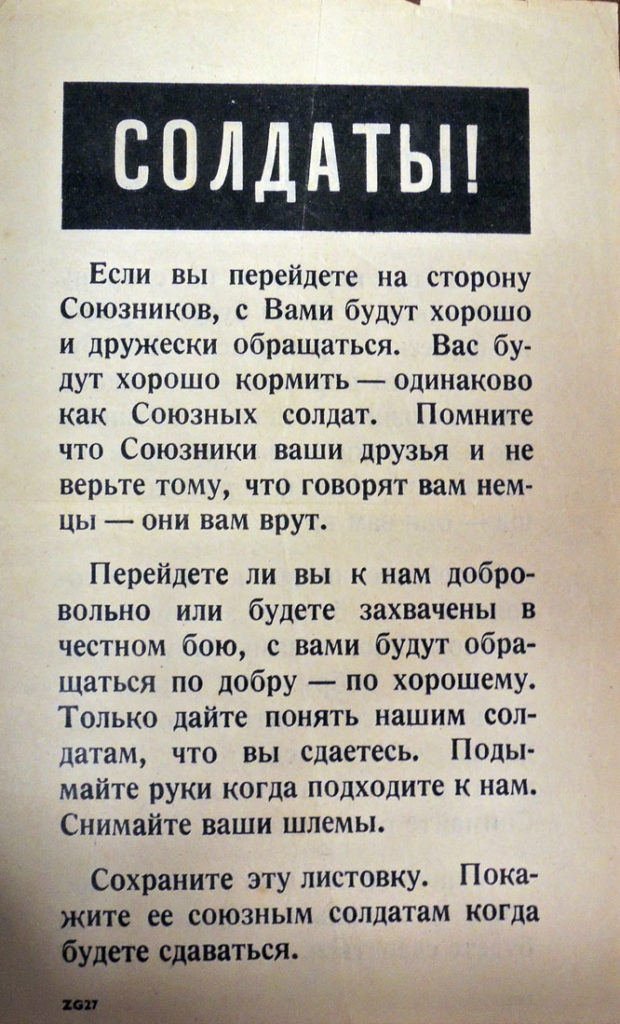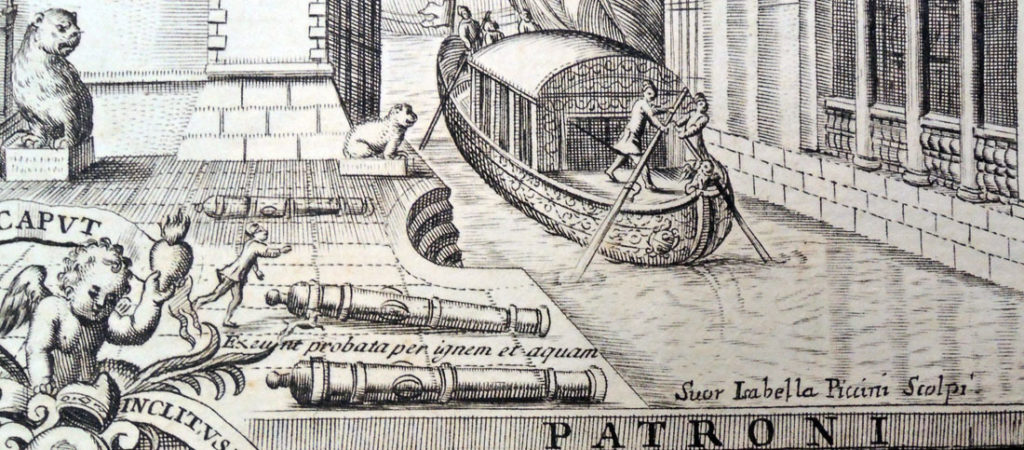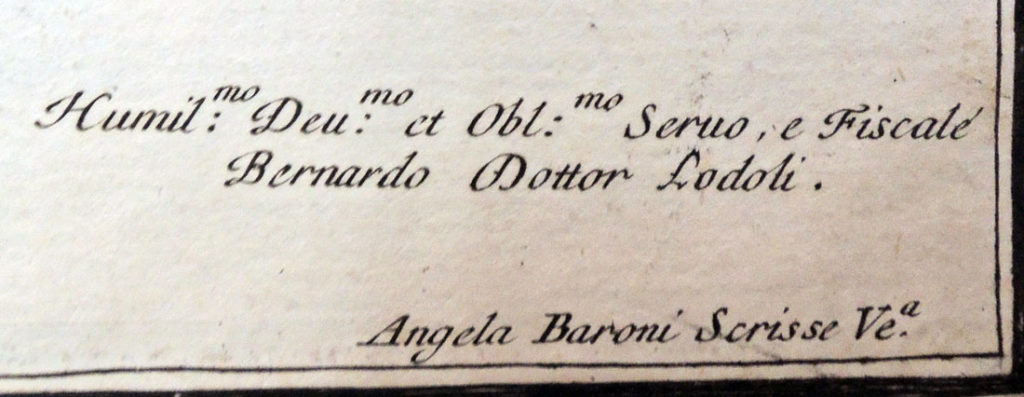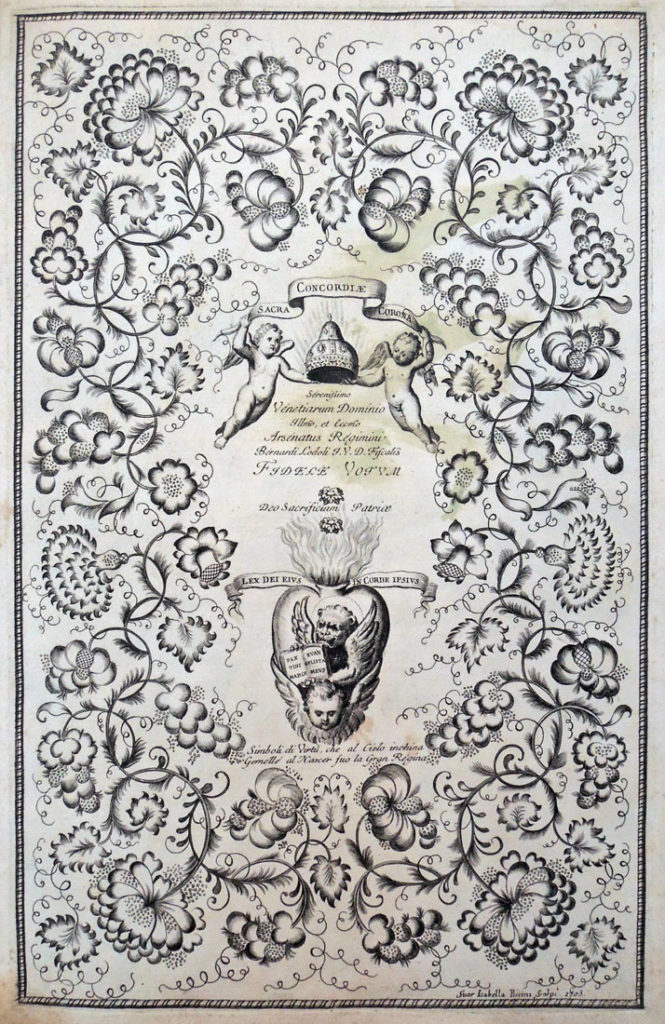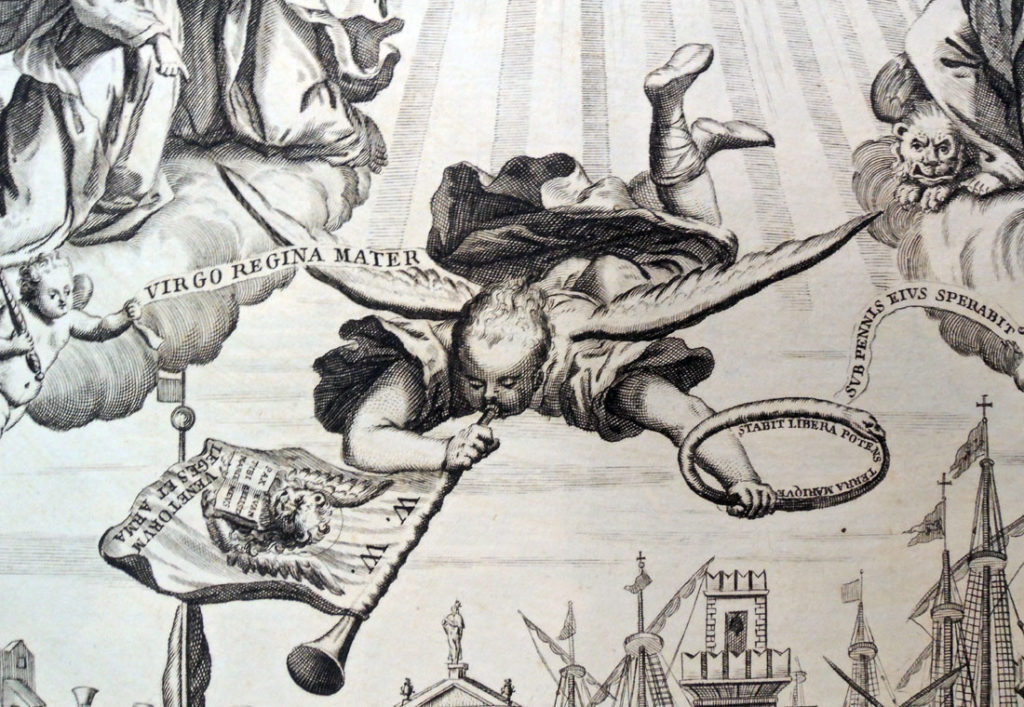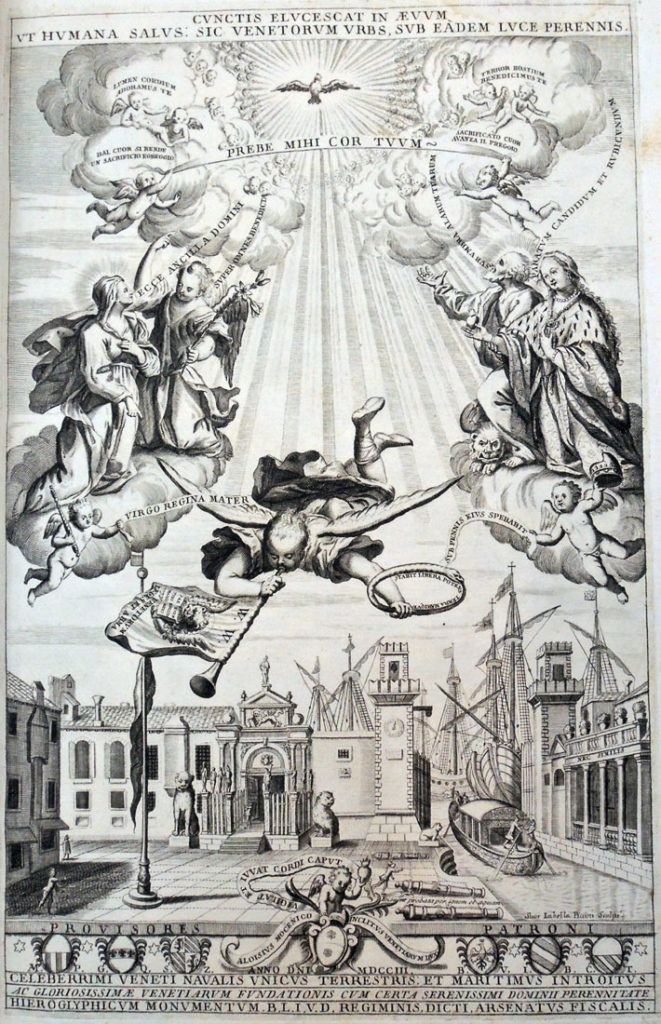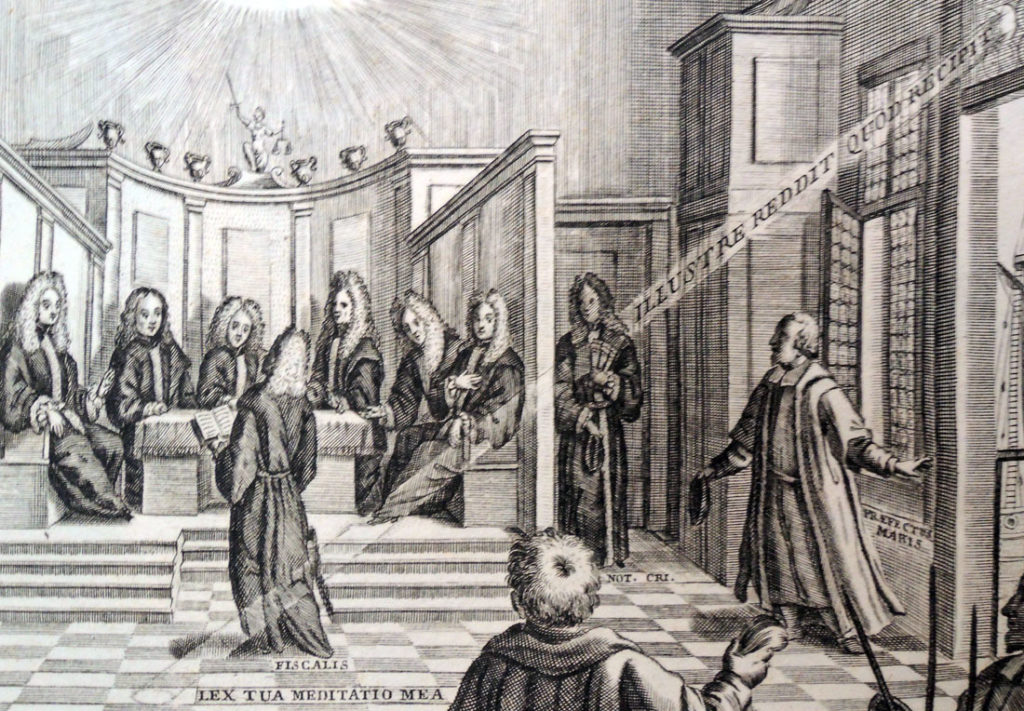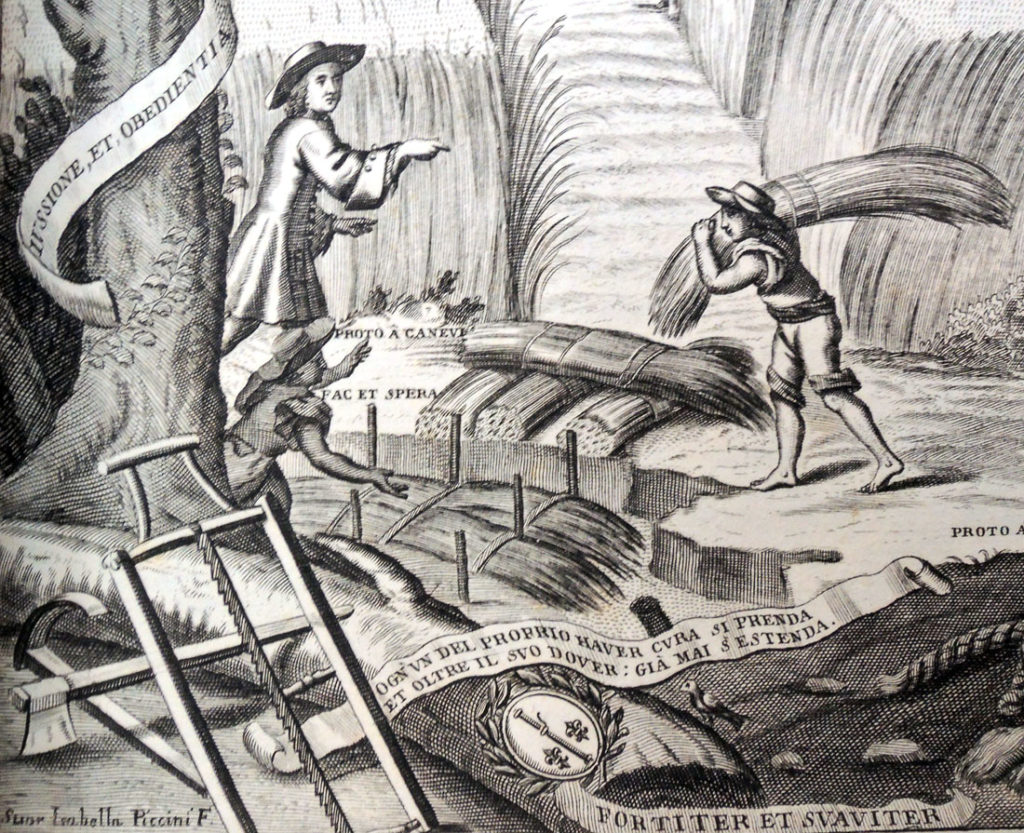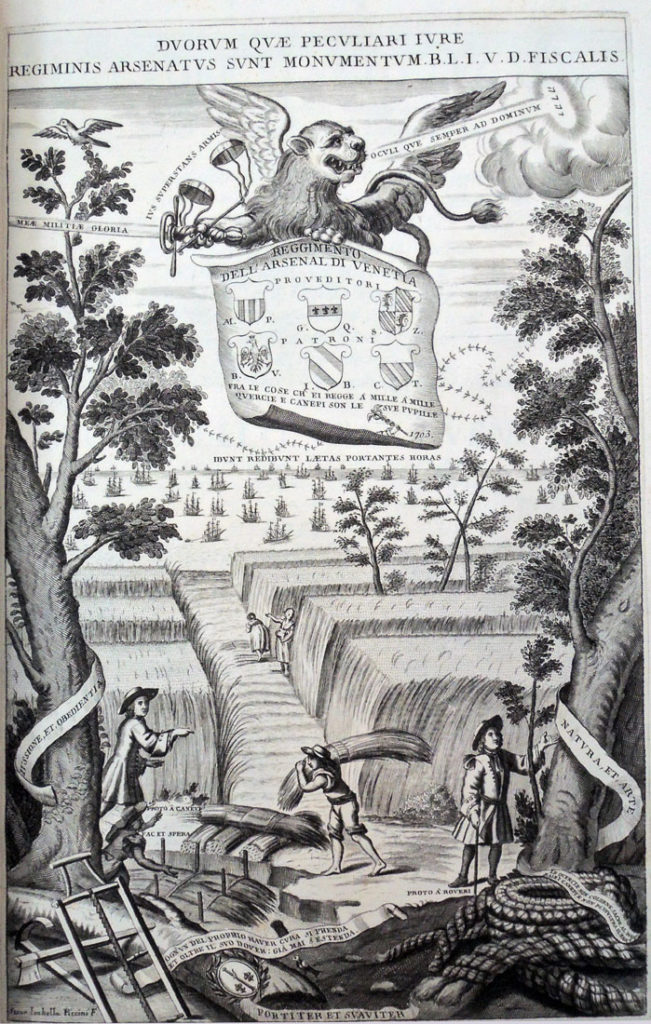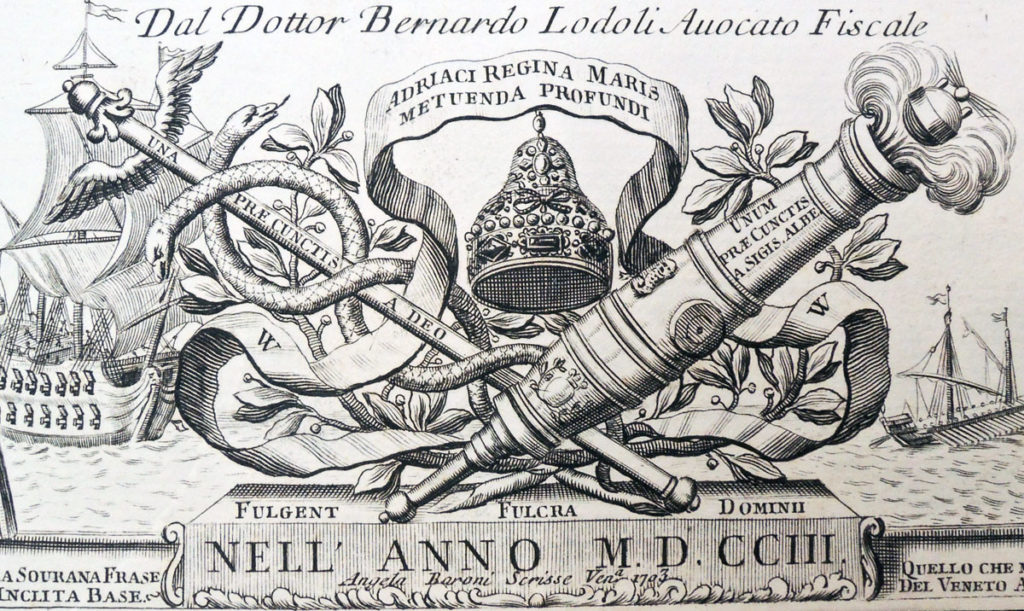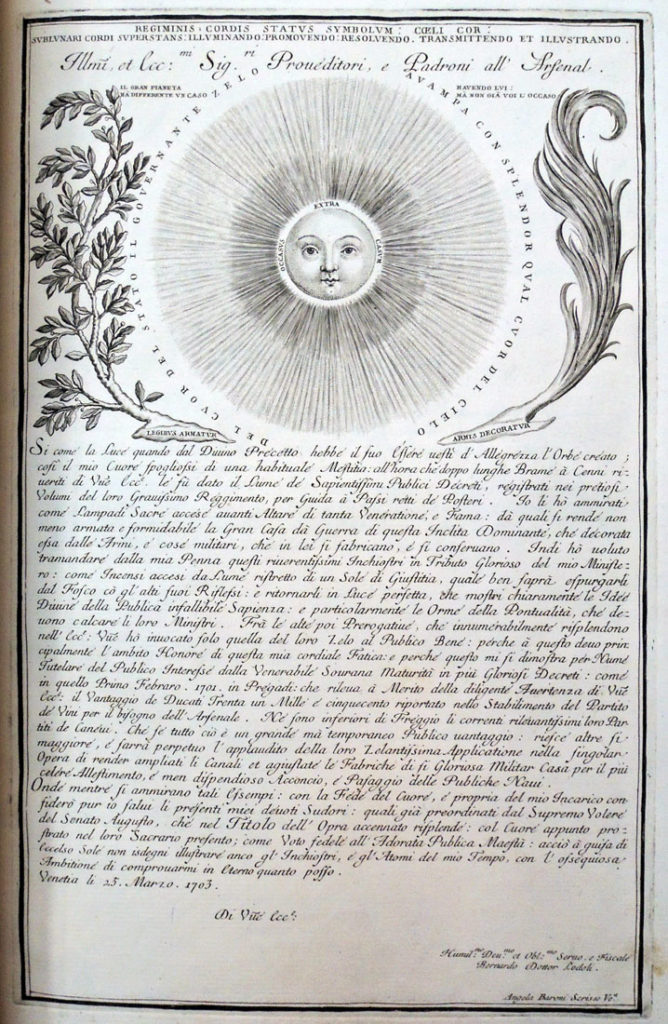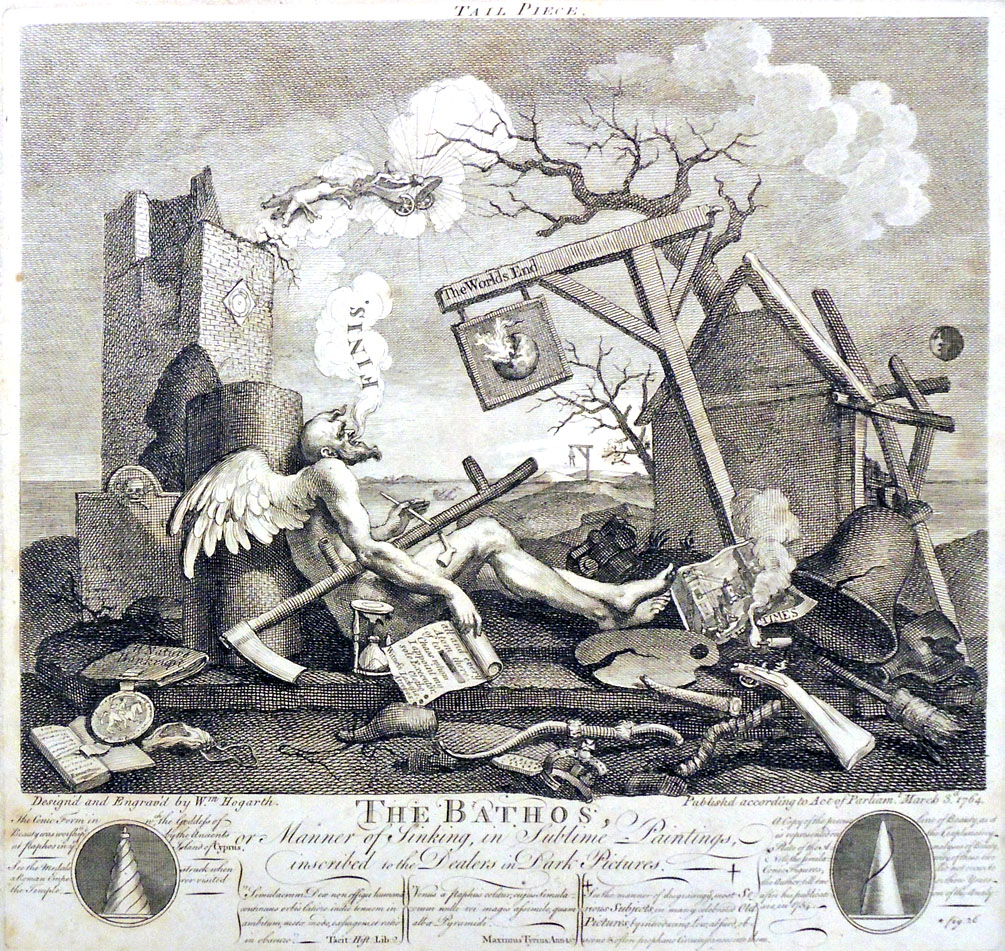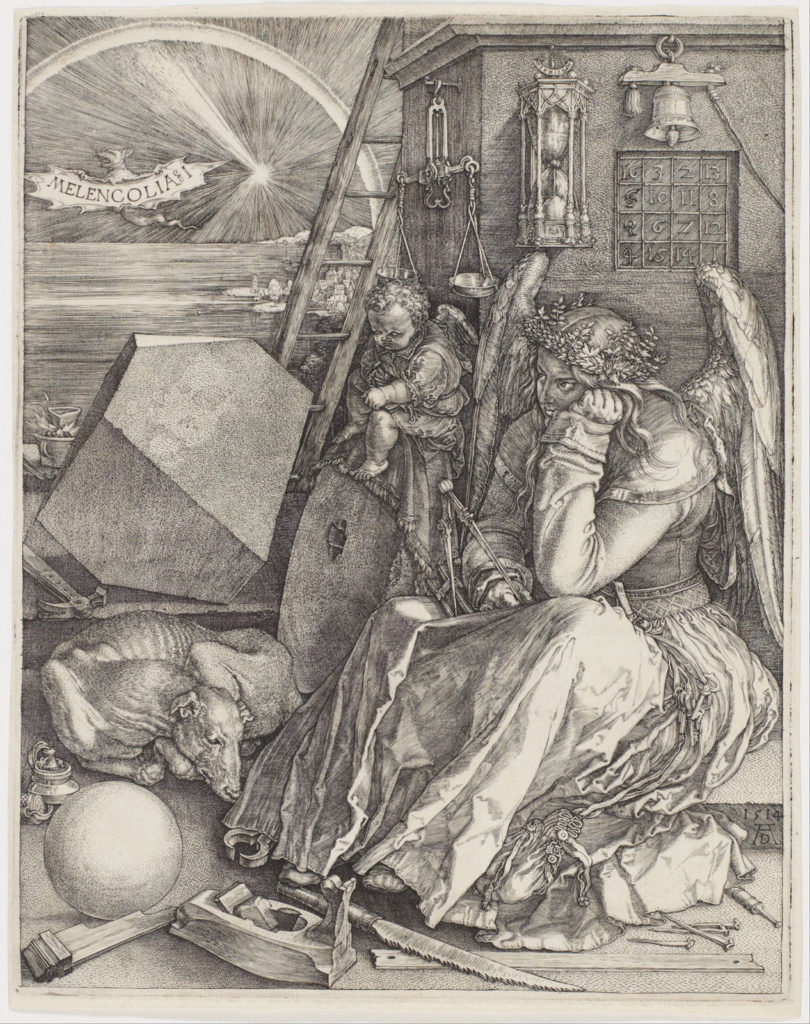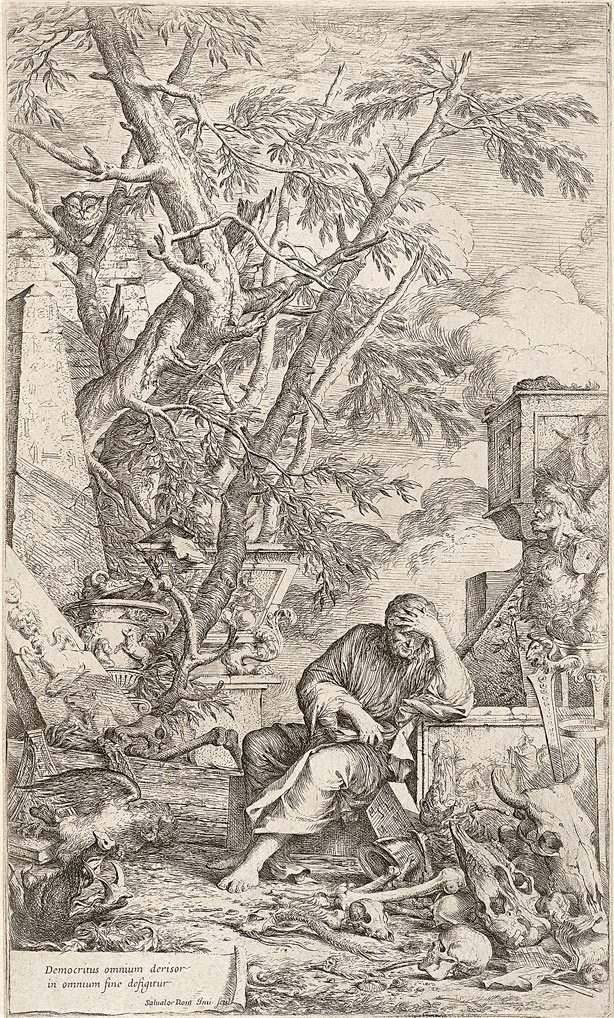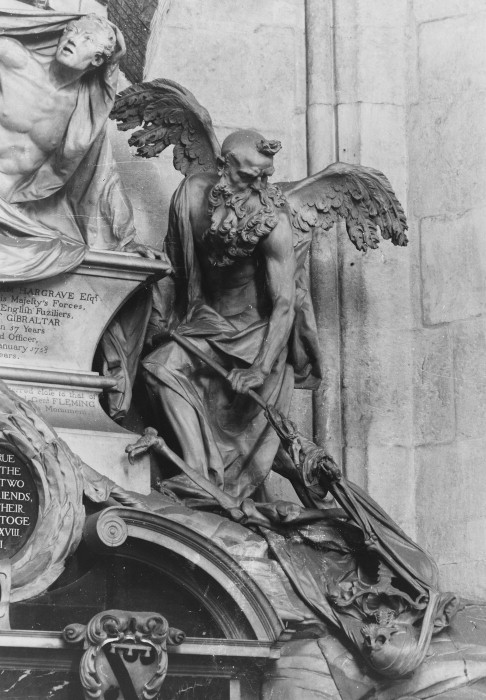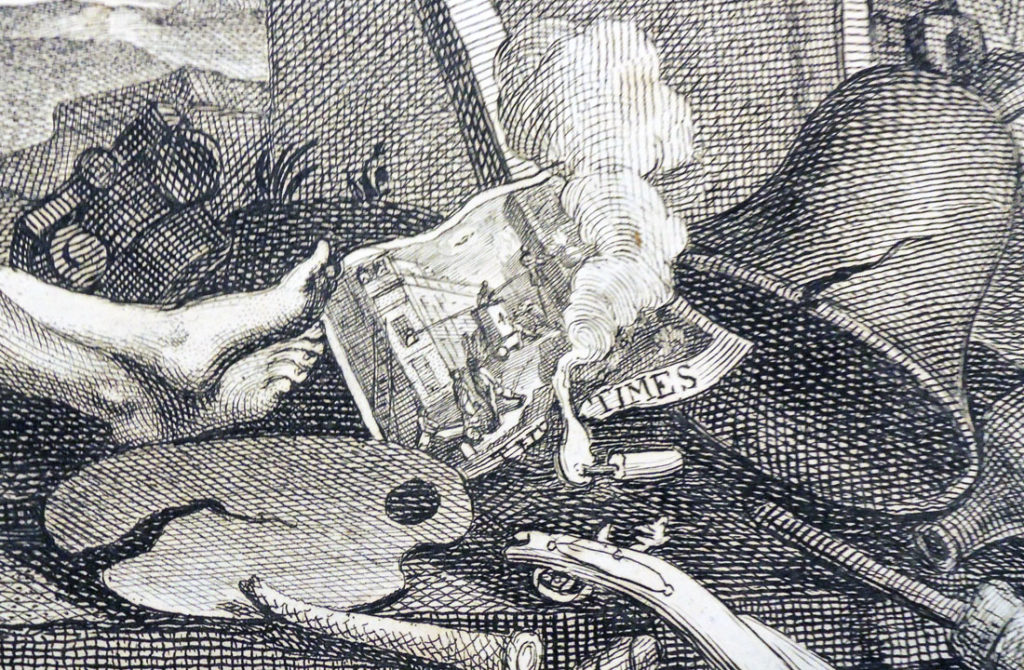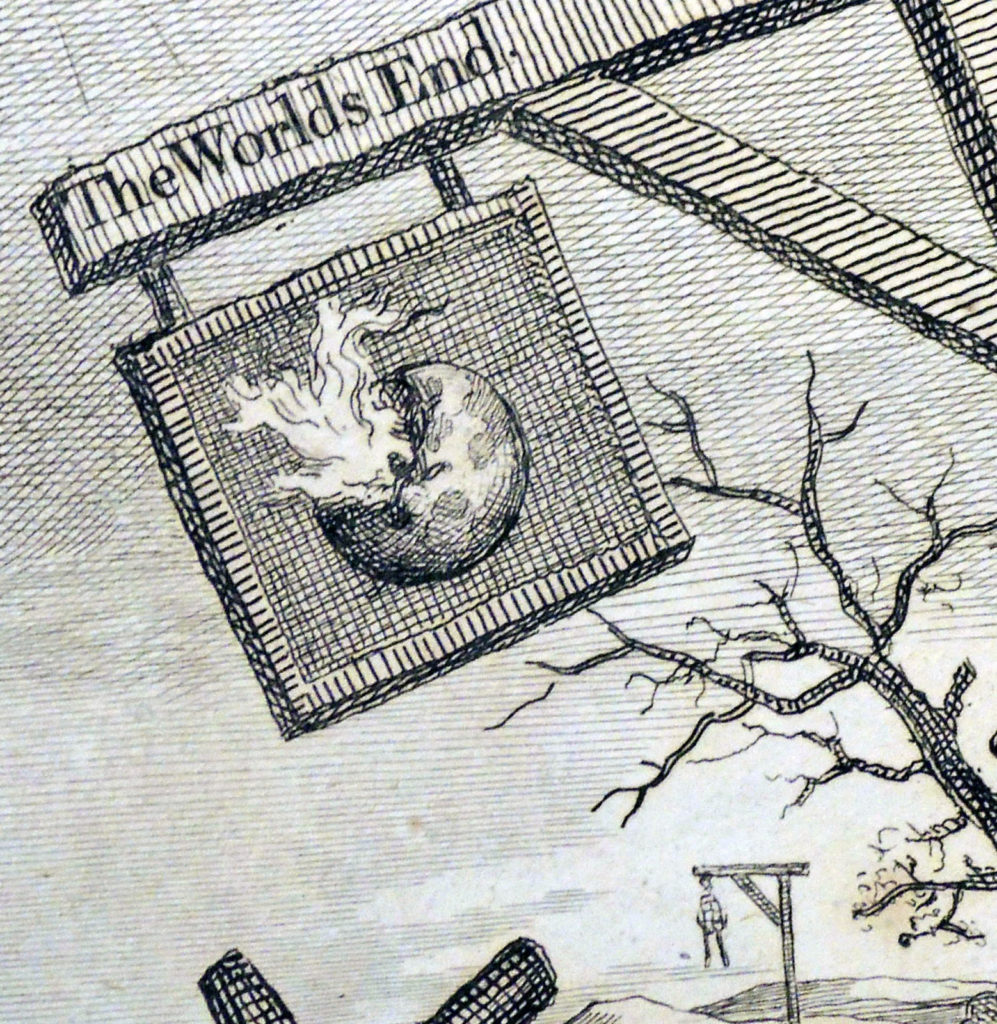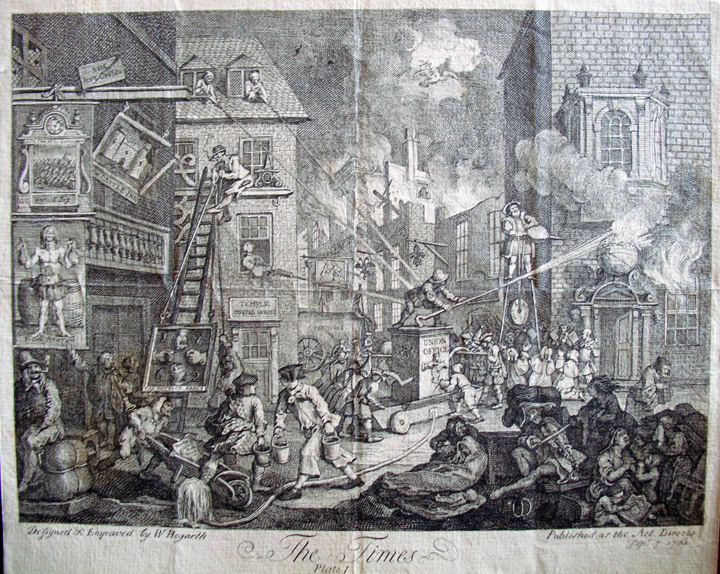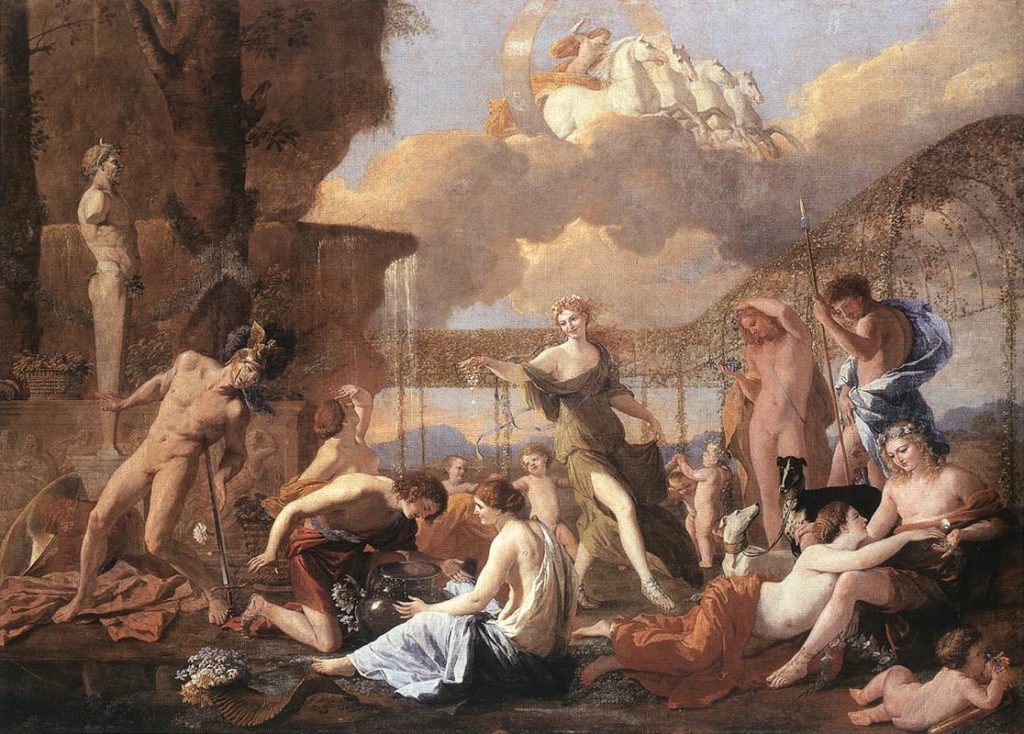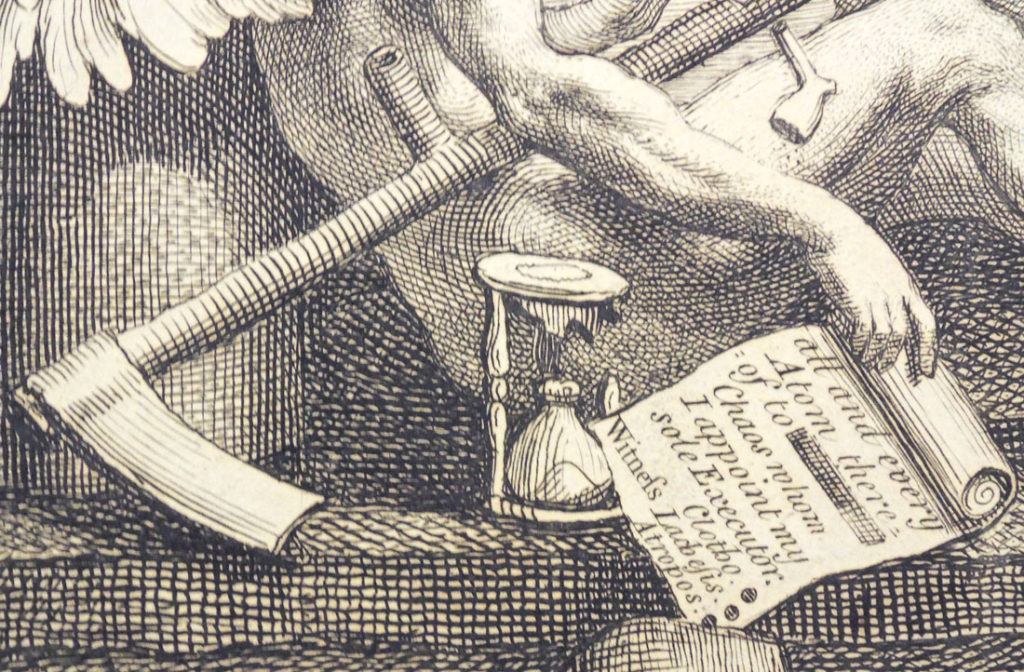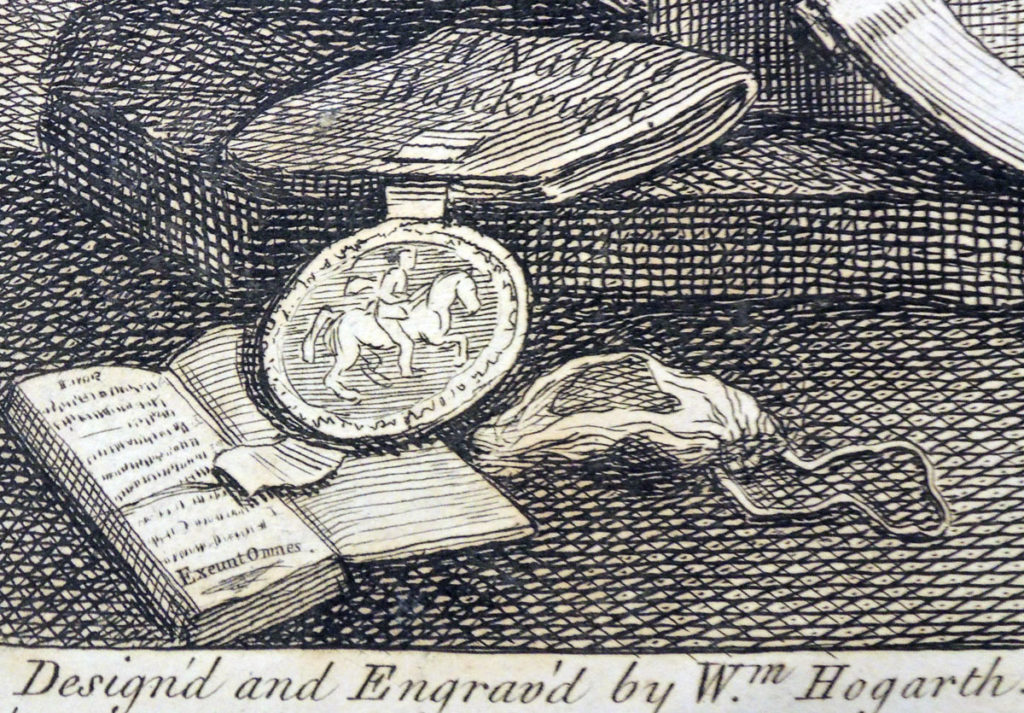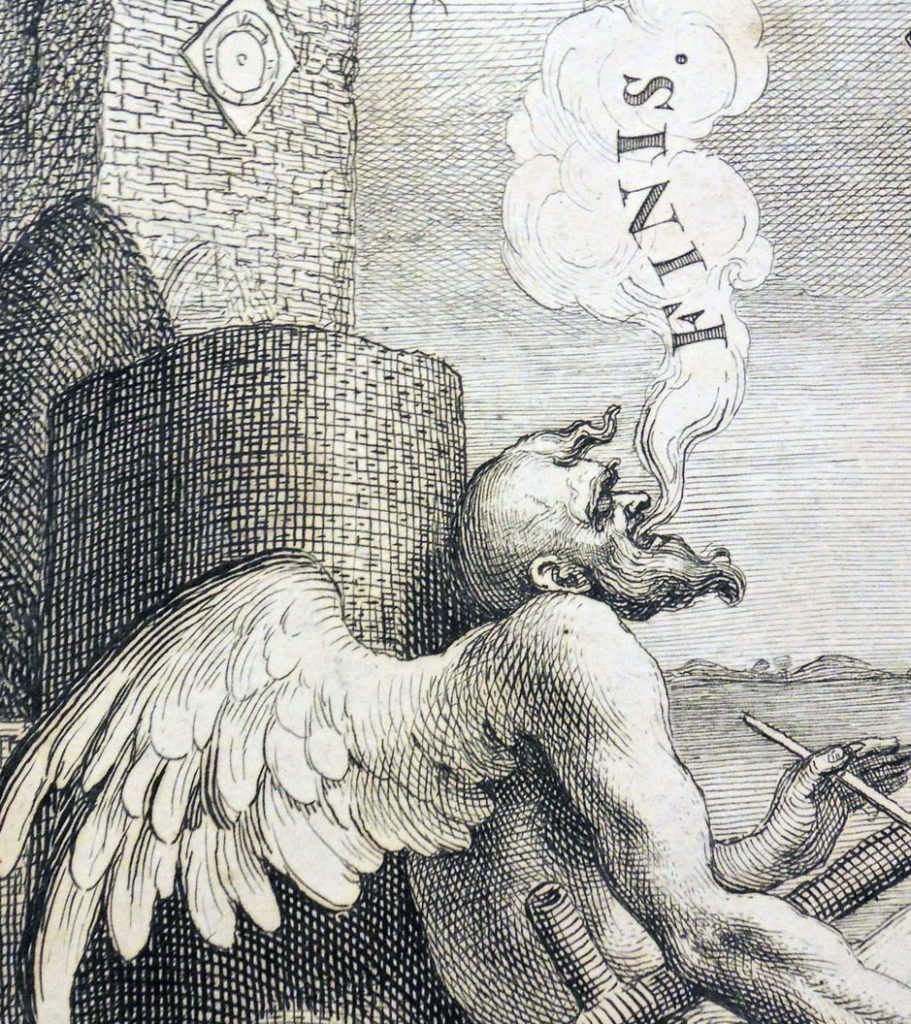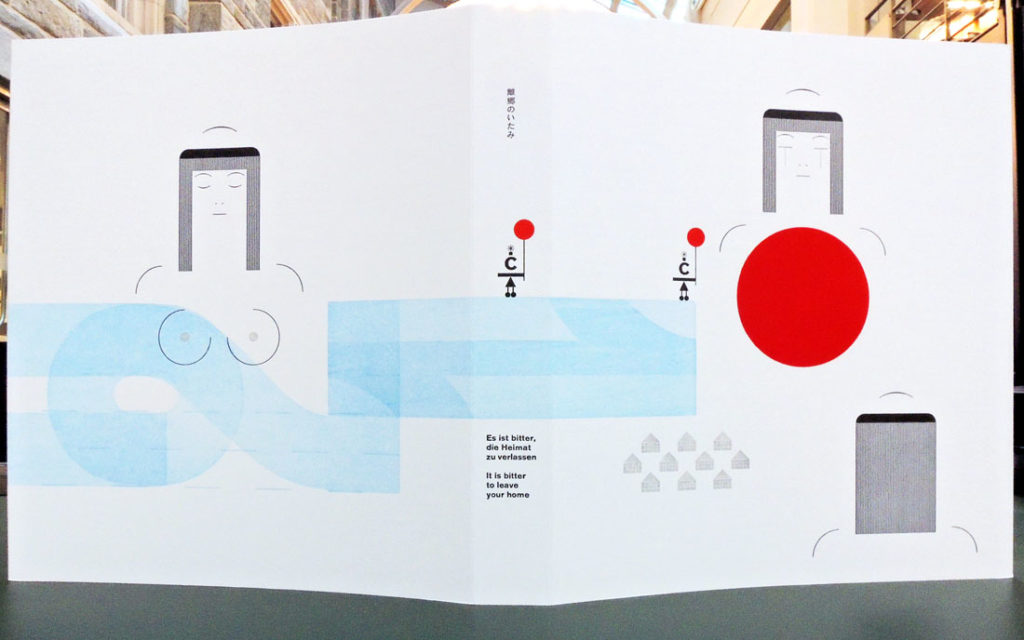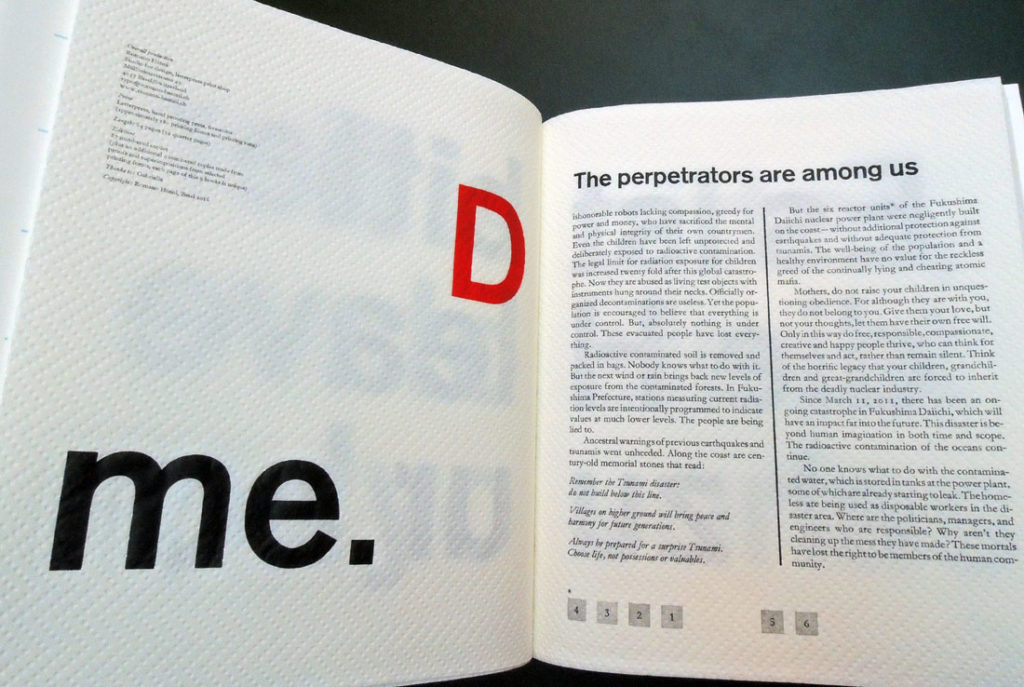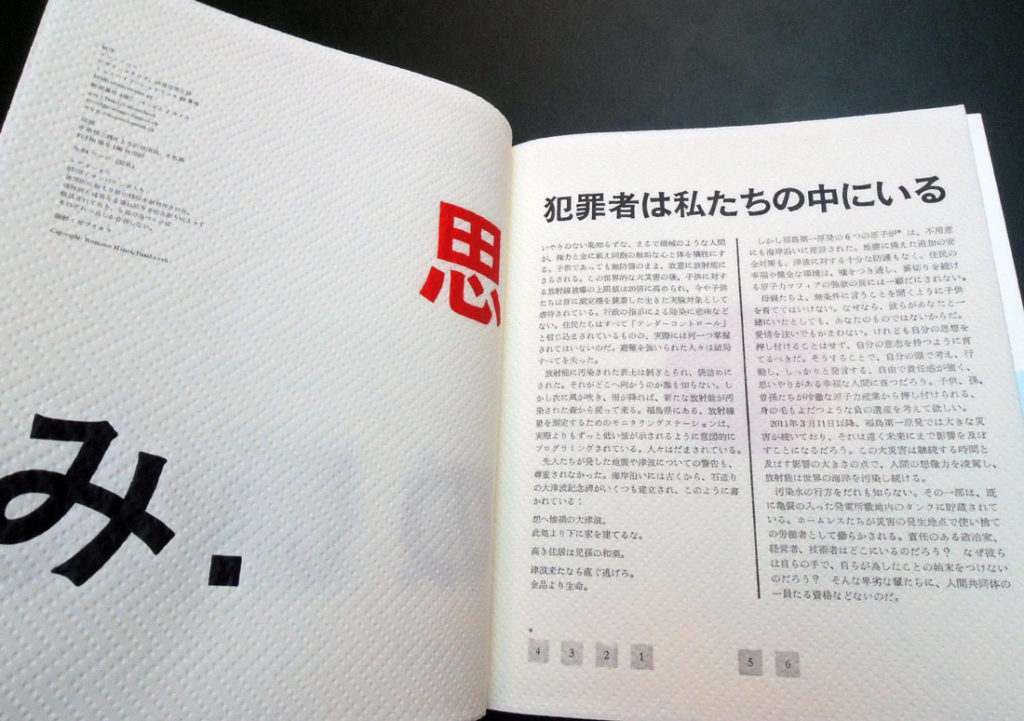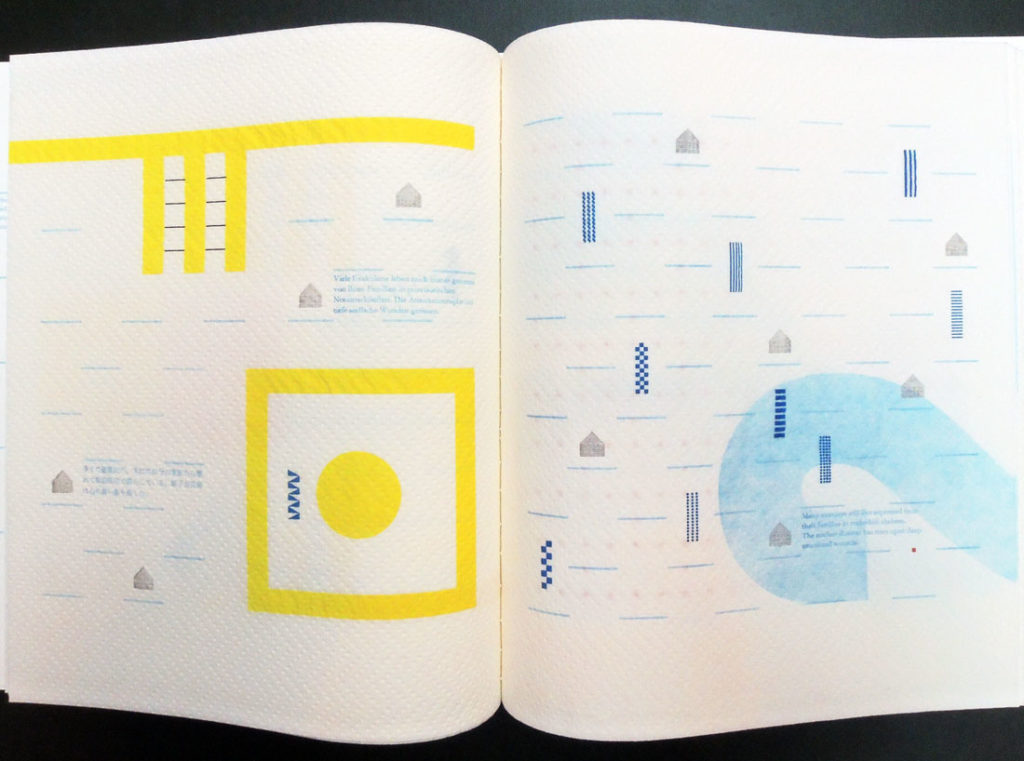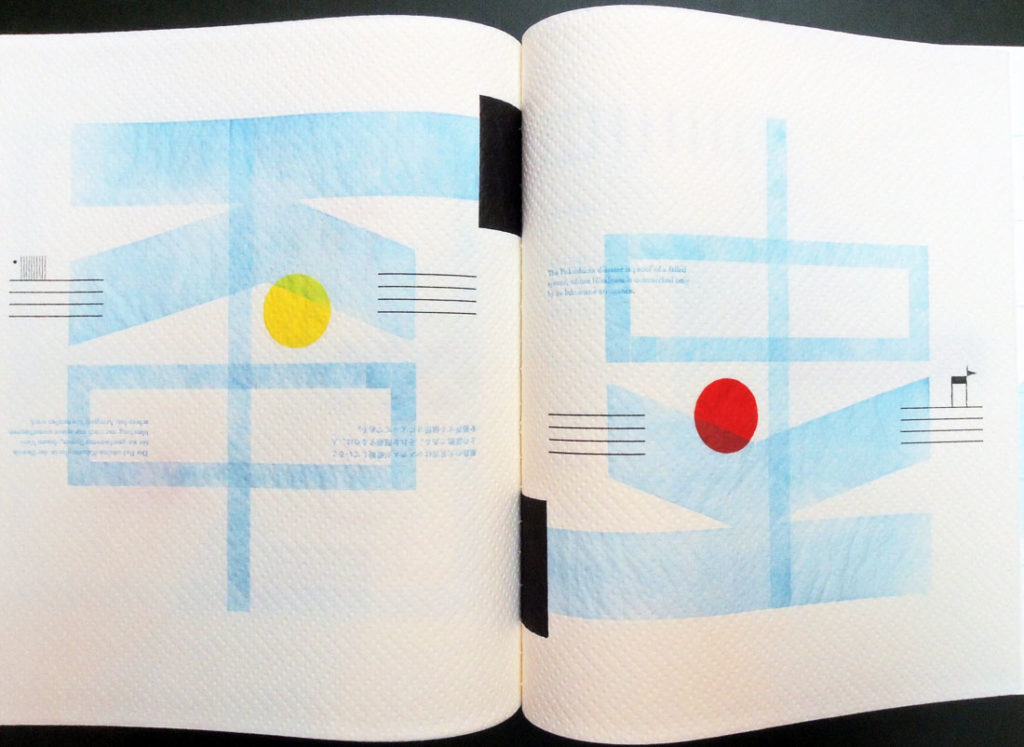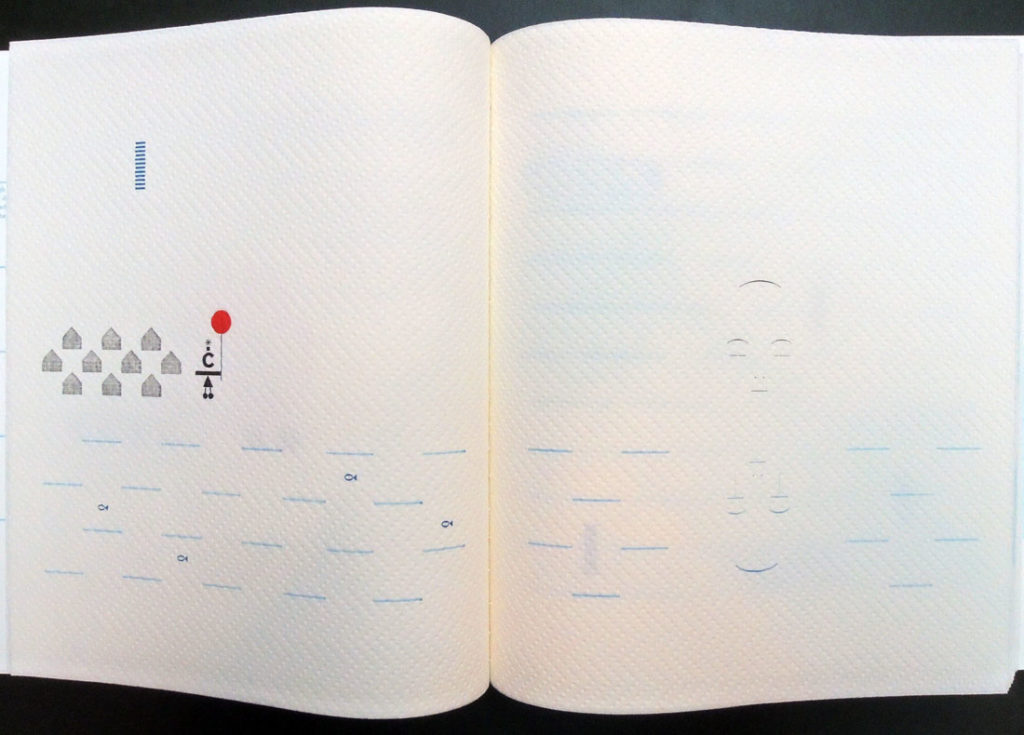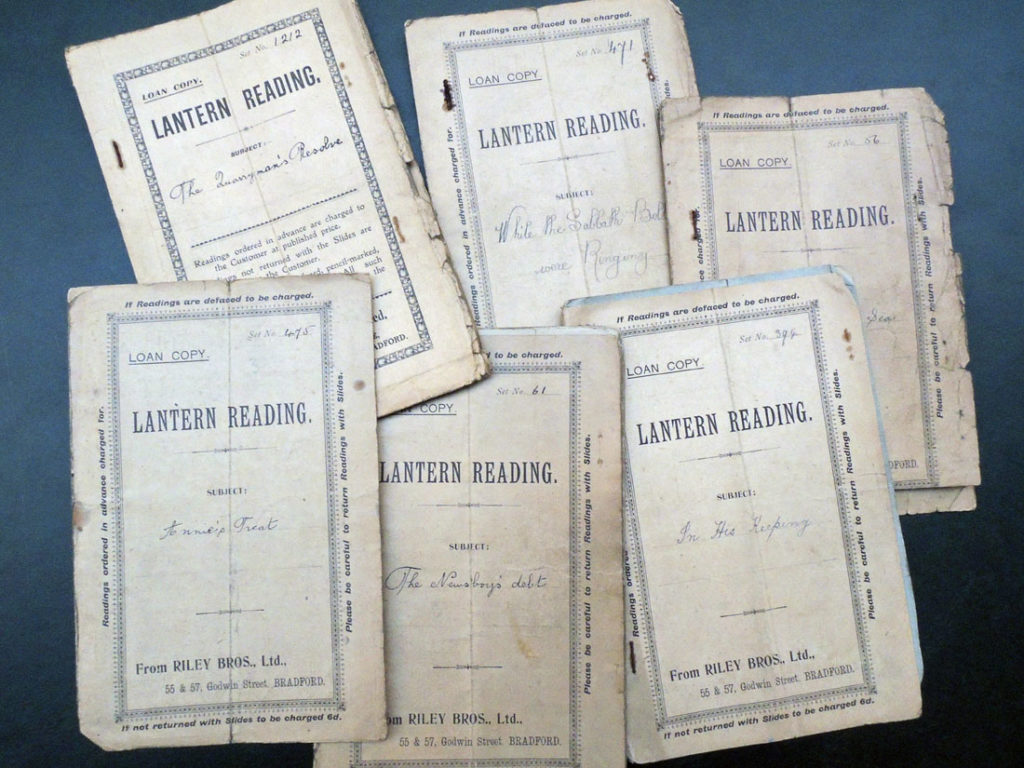
The Lucerna Magic Lantern Website notes: No magic lantern show consisted of slides alone: there were always elements like music, audience participation, or the spoken word. Especially in the later nineteenth century, many slide producers published ‘readings’ giving a recitation, story, or lecture to accompany the slide images.
The Graphic Arts Collection recently acquired a dozen or so Lantern Readings, the text that accompanies a particular set of slide. As noted on the covers, the scripts could be borrowed for a performance and returned when it was done. Today, they can be matched with the Magic Lantern Society’s Readings Library project, launched in 1995, which currently offers nearly 3,000 images, scripts, and music scores.
The Newsboy’s Debt: [originally published by Hannah R. Hudson, “The Newsboy’s Debt,” Harper’s New Monthly Magazine, May 1873]. Plot: A gentleman trusts a newspaper boy to get change, which he was to bring to his office. The lad, however, is run over, but sends his brother to say that when he gets well he’ll work to refund the money lost at the time of the accident.

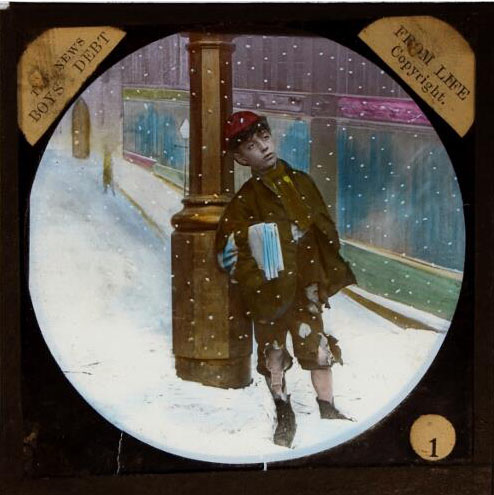
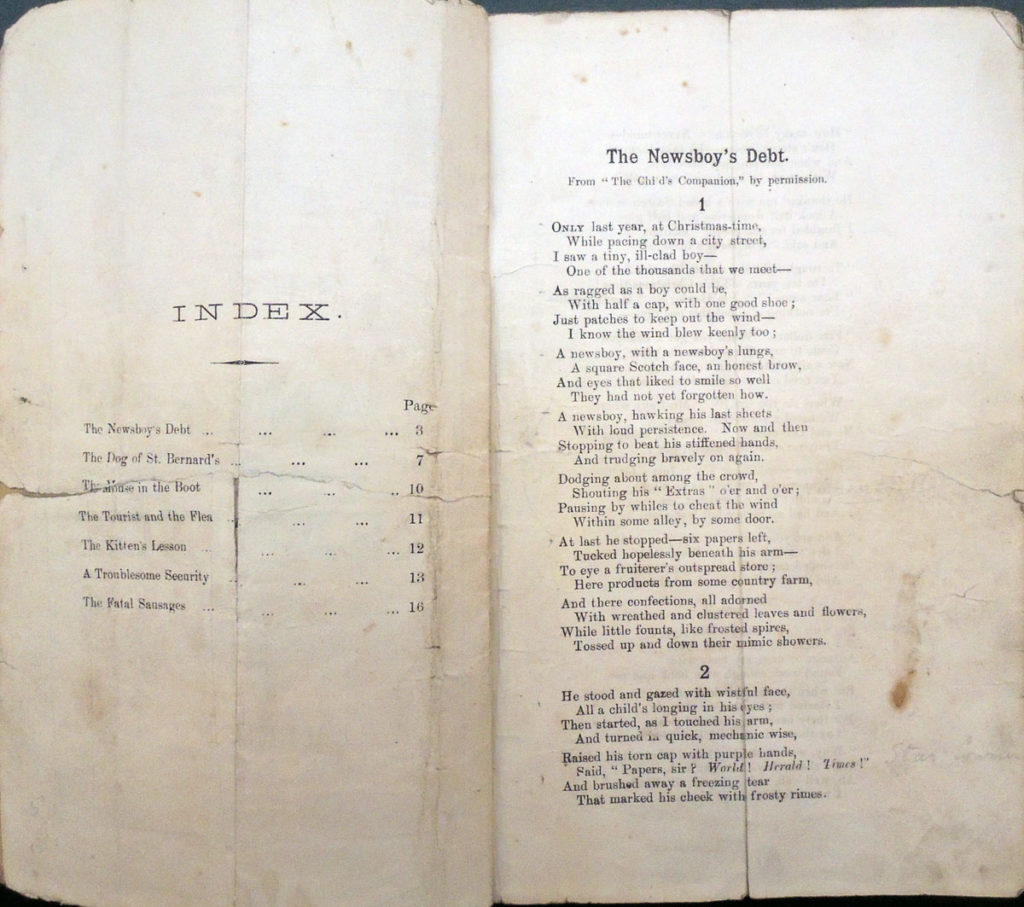
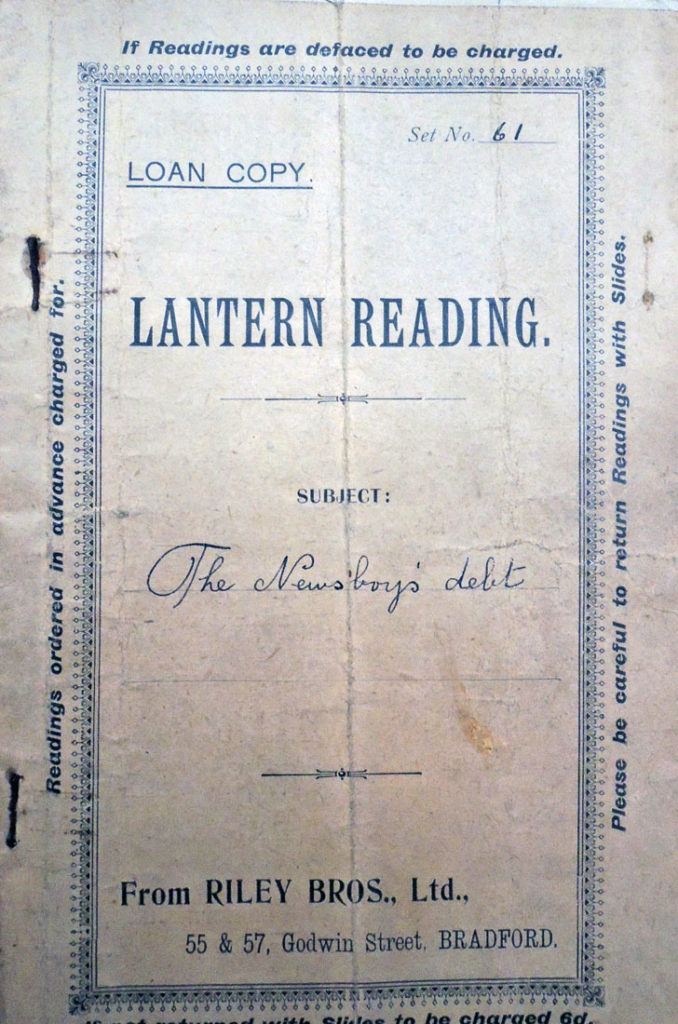
References to this set:
1891 Catalogue of photographic lantern transparencies and apparatus: season 1891-2 (Bradford: Riley Brothers, 1891), 34
1891 Complete catalogue of lantern slides, dissolving views, magic lanterns etc. (London: UK Band of Hope Union, 1891), C 17
1894 Wood’s catalogue of slides, optical lanterns, and dissolving views apparatus: forty-eighth issue (London: E.G. Wood, 1894), 106
1905 Catalogue of optical lantern slides (Bradford: Riley Brothers, 1905), 16
1910 A detailed catalogue of photographic lantern slides, life models &c. (Holmfirth: Bamforth & Co., 1910), 13
1912 Lantern slide catalogue (Glasgow: J. Lizars, 1912), 45
1912 Wood’s catalogue of over 200,000 slides, optical lanterns etc.: 1912-13, sixty-seventh issue (London: E.G. Wood, 1912), 383
Other references (2)
1888 Stationer’s Hall copyright register, COPY 1/393/154-155 (27 July 1888)
1888 Walter D. Welford and Henry Sturmey (compilers), The ‘indispensable handbook’ to the optical lantern: a complete cyclopaedia on the subject of optical lanterns, slides, and accessory apparatus (London: Iliffe & Son, 1888), 299
While the Sabbath Bells Were Ringing:
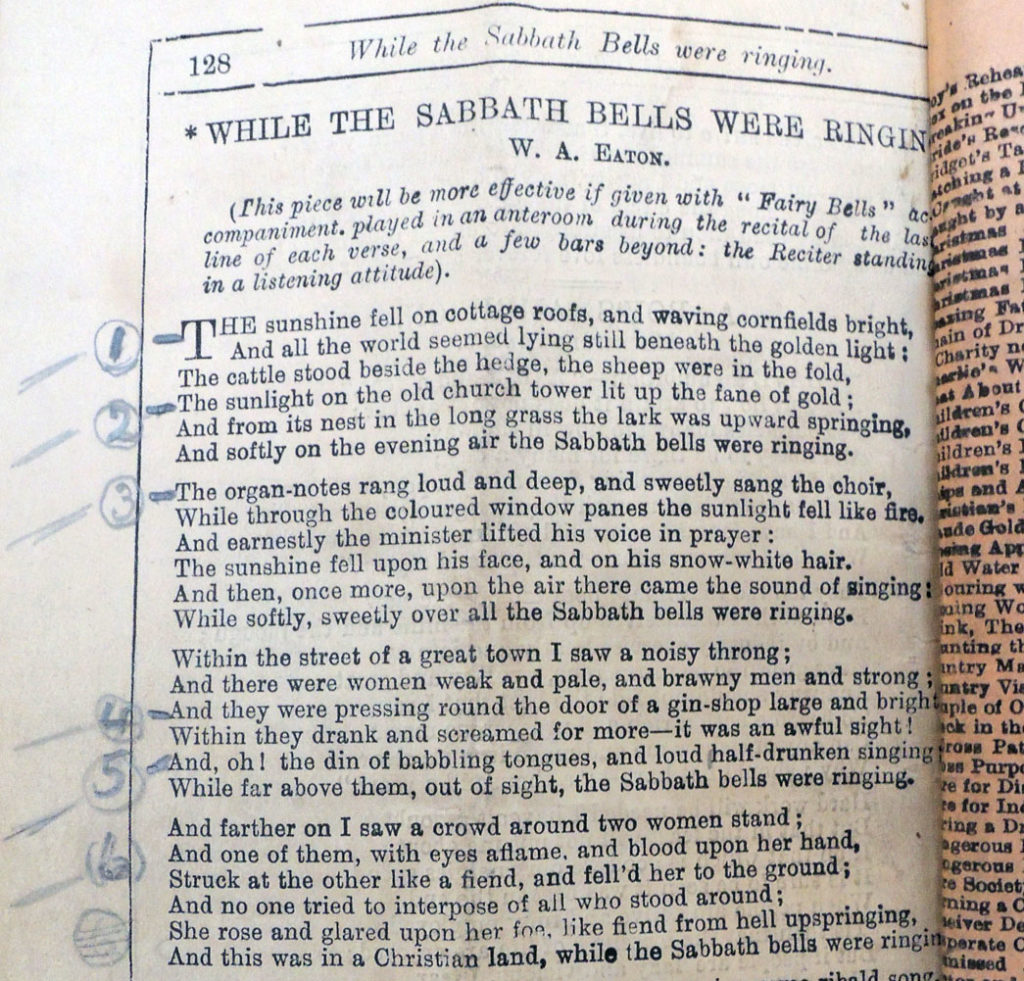
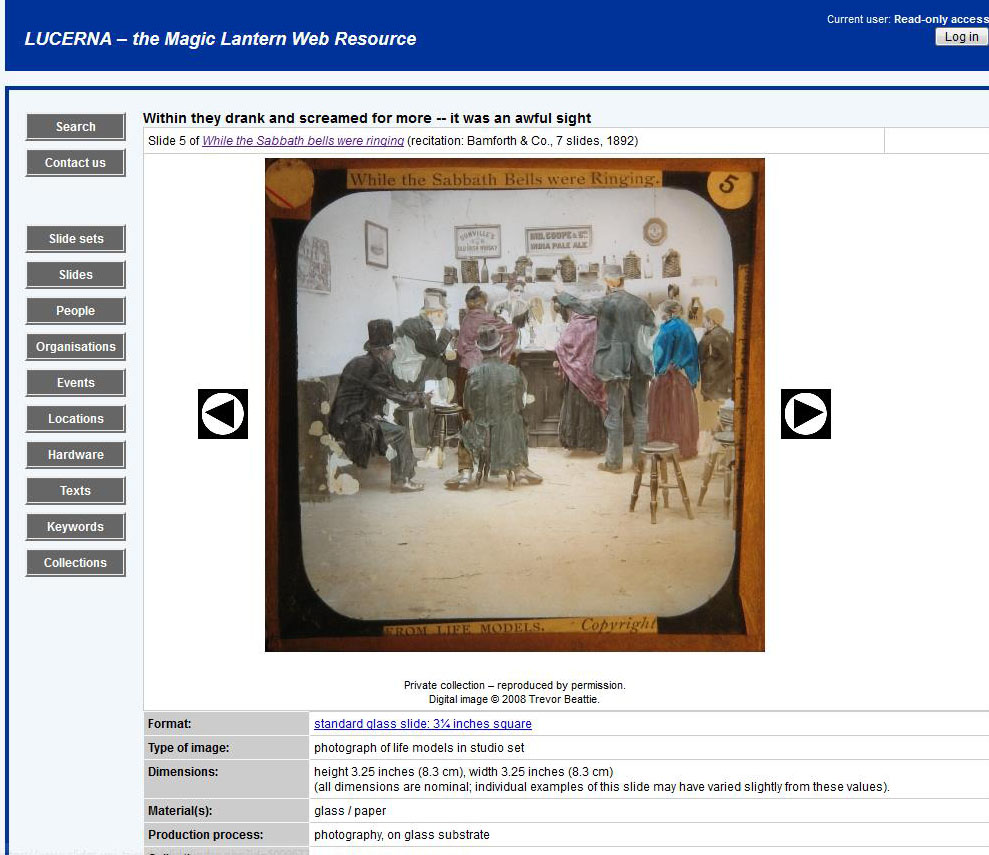
While the Sabbath Bells Were Ringing By W. A. Eaton (1848-1915)
The sunshine fell on cottage-roofs and waving cornfields bright,
And all the world seemed lying still beneath the golden light.
The cattle stood beside the hedge, the sheep were in the fold,
The sunlight on the old church-tower lit up the fane of gold.
And from its nest in the long grass the lark was upward springing,
And softly on the evening air the Sabbath bells were ringing.
The organ-notes rang loud and deep, and sweetly sang the choir,
While through the colored window-panes the sunlight fell like fire.
And earnestly the minister lifted his voice in prayer;
The sunshine fell upon his face, and on his snow-white hair.
And then once more upon the air there came the sound of singing,
While softly, sweetly over all the Sabbath bells were ringing.
Within the street of a great town I saw a noisy throng;
And there were women wan and pale, and brawny men and strong.
And they were pressing round the door of a gin-shop warm and bright;
Within they drank and screamed for more — it was an awful sight.
And oh ! the din of babbling tongues, and loud, half -drunken singing,
While far above them, out of sight, the Sabbath bells were ringing.
And farther on I saw a crowd around two women stand;
And one of them, with eyes aflame and blood upon her hand,
Struck at the other like a fiend and felled her to the ground;
And no one tried to interpose of all who stood around.
She rose and glared upon her foe, like fiend from hell up-springing.
And this was in a Christian land, while the Sabbath bells were ringing.
The Quarryman’s Resolve by Joseph John Lane:
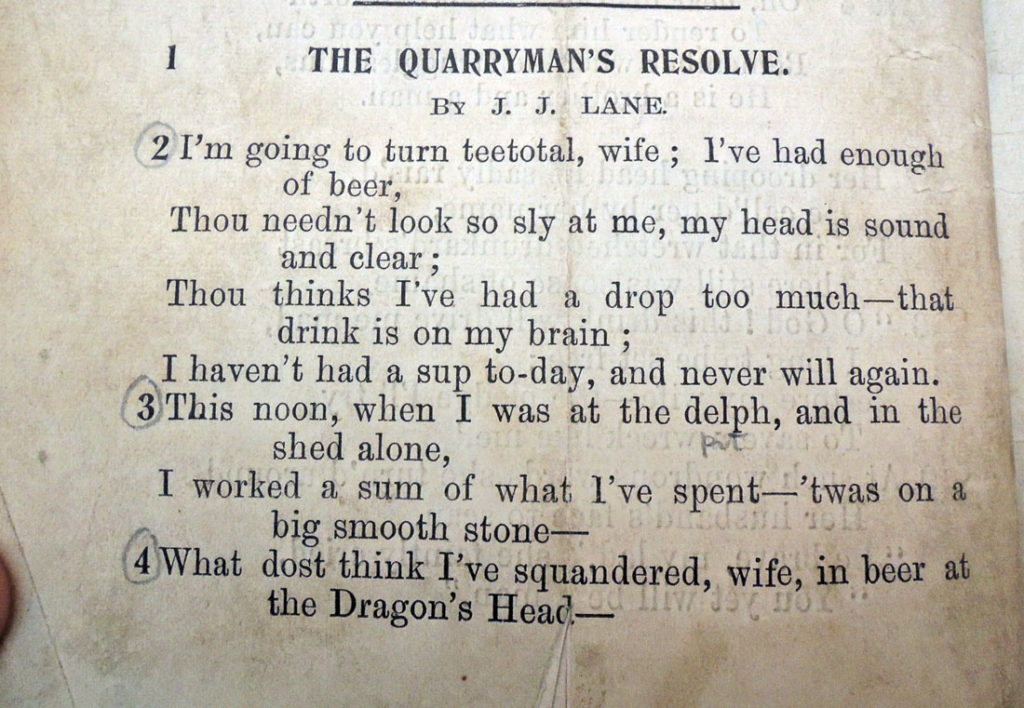
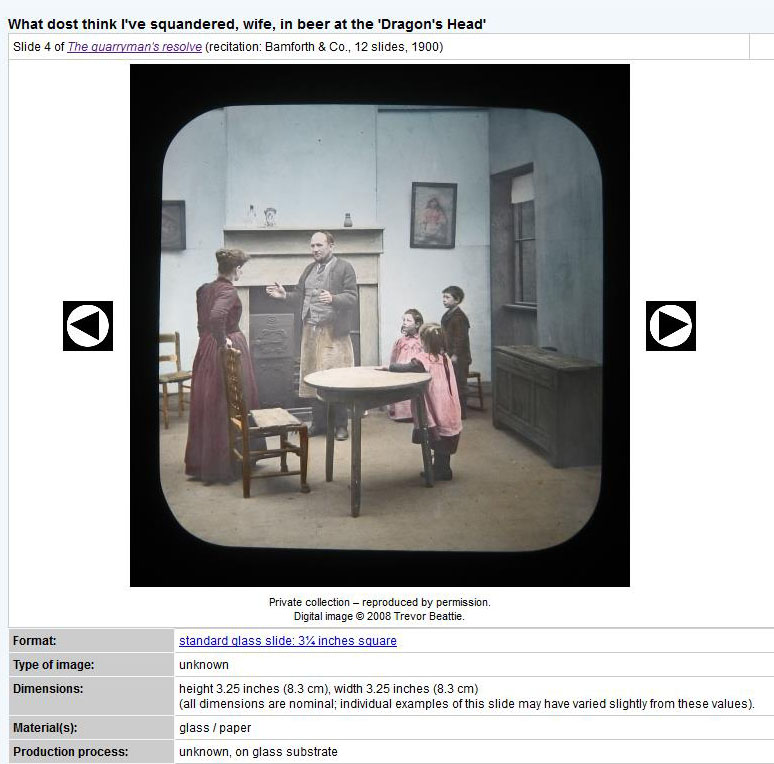
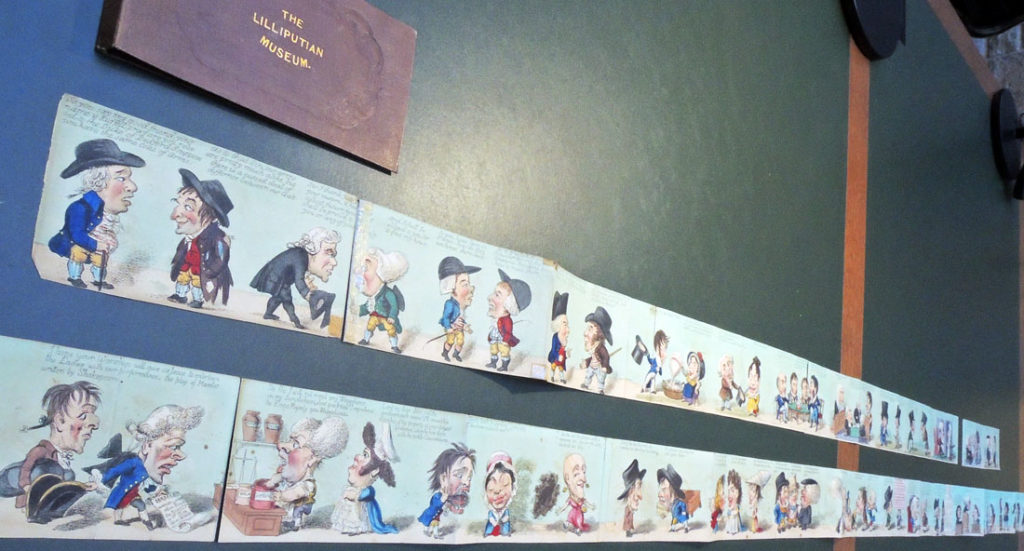
 What do you think?
What do you think?
